In the back of my mind, all day long when touring, I’m thinking “Will that be something I can include in the blog tonight?” Today that train of thought led me to lose whatever good sense I have left. Horse sense, that is. But more about that later.
The first order of business this morning was a visit to the Capilla del Rosario coffee plantation, high on the western hills of the Medellin valley. Medellin is nestled on seven hills in a valley of the Central Andes range, if a metro area of 5 million can be “nestled.” Sprawled is more like it.
Faithful readers may recall that we visited a coffee plantation in Costa Rica. The similarities and differences were interesting.
First, both are focused on tourism. Growing coffee seems to be almost a secondary aim. In the case of the Doka plantation in Costa Rica, the coffee they produce is a premium product sold to end consumers and to high-end restaurants. In the case of Capilla del Rosario education is their main mission, coffee is produced for export. Tourism is a nascent industry in Colombia but growing rapidly.
Capilla del Rosario works as a research station, currently trying out 42 different variety of coffee plants and helping more than 40 other growers in the region by providing technical and marketing advice. With 65,000 coffee plants they are the biggest grower in the region. Typical plantations are mom-and-pop operations with one-tenth the number of trees.
In the 1980s Capilla del Rosario had 500,000 coffee plants. The reduction has been caused by encroachment of housing developments as Medellin expands outwards. High rise condos abut the main roasting facility. It’s also hard to get workers to do the manual job of picking coffee berries. They would like to have 34 pickers to handle the current plants; they’re luck to have 17. They should be producing 20 tonnes of coffee; they currently do 7 due to labor problems and climate change.
Being in a desirable part of Medellin means their taxes are high. They are currently working on gaining relief from the government.
I told our host we have the same problem in Florida. Kids sell Mom and Dad’s strawberry fields because they don’t want to do the hard work for low pay that farming brings. Why not sell out to real estate developers, avoid the tax bite and retire? The average age of coffee farmers in Colombia is 60.
The Doka operation has just moved from sun drying to a modern, mechanized system. Capilla del Rosario does sun drying in covered flats so that moisture can escape naturally from the bean. They do have mechanized systems from the 1980s and hope to modernize sometime soon.
We sampled two varieties of coffee. It’s not just the beans, it’s the way they are dried and roasted and the way the coffee is brewed that makes the difference. I wish I was enough of a coffee afficionado to tell the difference. Our host favors milder, light-roasted coffee, brewed with a French press and slow addition of water, if I got it right. Dark roast is like a slap across the face in the morning versus a gentle caress from light roast.
One item of interest to Judy and me is the Laurina bean, which is naturally low in caffeine content (0.5%).
Speaking of the tourist trade and condos: our hotel, and much of the Zone 6 (high end) neighborhoods are being converted to AirBnBs. Ever since Fortune Magazine touted Colombia is a must-go tourist destination in 2022, business has been booming. The government is considering limits on short term rental activity in an effort to bring down out-of-control price escalation.
Another interesting development, driven by growth: “Biological bridges,” which provide pathways so that animals in town can move without being penned into a particular area.
Medellin is a party town. Weekends run Thursday through Saturday. There are brightly-painted party busses, vehicles with no doors nor windows and seats only along the sides. The center is open for dancing.
But Sunday is a family day. In an effort to produce physical fitness, several major thoroughfares in downtown Medellin are blocked off for pedestrian use and exercise. Given the Medellinian’s love of carbs and animal protein, it’s a very much worthwhile policy.
We’re going to learn much more about it tomorrow, but Medellin is a real comeback miracle. For many decades, and as recently as 10 years ago, Medellin was the most dangerous city in Colombia. There were an average of seven car bombings a week in Medellin.
There were three factors contributing to this violence. First, beginning in the 1940s the FARC and other leftist gorilla groups fought the government to win rights for rural agricultural workers. With the advent of the drug trade, armed paramilitary groups on the right fought to win control of cocaine fields from rural landholders. The Escobar drug cartel played into the violence as well. With the signing of the 2016 peace accord with FARC conditions have improved greatly, to the extent that Tauck and other tour operators feel confident enough to bring planeloads of tourists here. But not all armed groups have signed on and there is still violence in rural areas, especially along the Venezuelan border.
I told Catalina that I’m confused as to how a country with people averaging $380 of monthly income could seem so prosperous. Her answer wasn’t complete and she promised more discussion tomorrow. But she did say that Colombia has the greatest income disparity of any South American country. And as tourists we haven’t been seeing the real Level 1 neighborhoods. But so far Colombia doesn’t have the feel of a true downtrodden third-world country.
Our local guide said she is of two minds concerning ranking of neighborhoods. The general concept is one of income redistribution. Those in Level 6 pay much higher taxes per square meter of housing than those in lower levels. And those in Levels 1 and 2 can qualify for subsidized housing. A three bedroom apartment, typically housing seven people, might go for $200 a month or could be purchased for $10,000.
But statistics show that upward mobility is difficult. It typically takes six generations to escape Levels 1 and 2. Health services are level dependent. An ambulance driver checks the injured party’s level to decide where to take the injured person. Low levels get minimal care in public facilities. When applying for a loan, the bank checks the applicant’s level. Neighborhood level even comes to play as a caste system: A Level 2 person finds it hard to date or marry someone at a higher level.
As we traveled from east to west and back downtown, our guide played the latest music craze: Reggaeton, a cross of Reggae with some hip hop thrown in and arguably the most popular music genre worldwide if not in Caribbean and South American countries. She played several selections, although it probably went through one ear and out the other of our fellow Tauckers. Three fourths of us have heard of Taylor Swift only through contact with our grandkids. The other one fourth don’t have grandkids. Nonetheless, here are a few references:
UNA NOCHE EN MEDELLÍN (REMIX) by KAROL G, Cris MJ & Ryan Castro
Si Antes Te Hubiera Conocido by KAROL G
magínate by Danny Ocean & Kapo
That and a little Salsa and you’re good to party all night in Medellin.
Oh, and the horse thing. In the afternoon we visited the Normandía horse farm, one with 120 horses of a particular breed that have an unusual short, rapid gait. Judy will have to cut a video to demonstrate.
The purpose of the visit was fourfold. First, to learn how to approach a horse. You first say “hello” by extending your hand palm down and then scratching its neck, combing it, etc. We learned how to do it without being kicked or bitten, although I’m sure these horses are well enough trained so they aren’t very dangerous. That’s where I hugged my horse. Judy didn’t have a go at it since she breaks out with an allergic reactions when she gets near a horse.
Next, we were shown how to become a leader of a horse. It’s a matter of behaving with confidence so the horse accepts the human as the master. If you do it right the horse will obediently follow you wherever you go. Several of our group tried this skill. I passed on this opportunity.
Then we were shown how horses are given swimming exercise, for much the same reasons we do swimming: stress-free exercise, strength building and to cool down. The horses typically do three laps with their heart rate monitored to avoid over stress.
And of course we had a chance to ride a horse around an arena. And of course I had to take one for the blog and give it a try. The riding part wasn’t too bad, the same breakneck speed as a pony ride at a six-year-old’s birthday party. But I had to have a pretty girl push me from behind to get my arthritic hip up over the beast’s rump. It wasn’t a pretty sight. Then it took four experts to adjust my stirrups for reasons I didn’t understand. The dismount, thank goodness, went without incident.
Finally, a demonstration of the horses going through their quick-step paces by riders who compete internationally in this sport.
Tomorrow is focused on downtown and the recent violent story of this city that bills itself as the City of Eternal Spring.
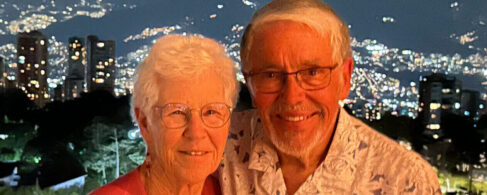
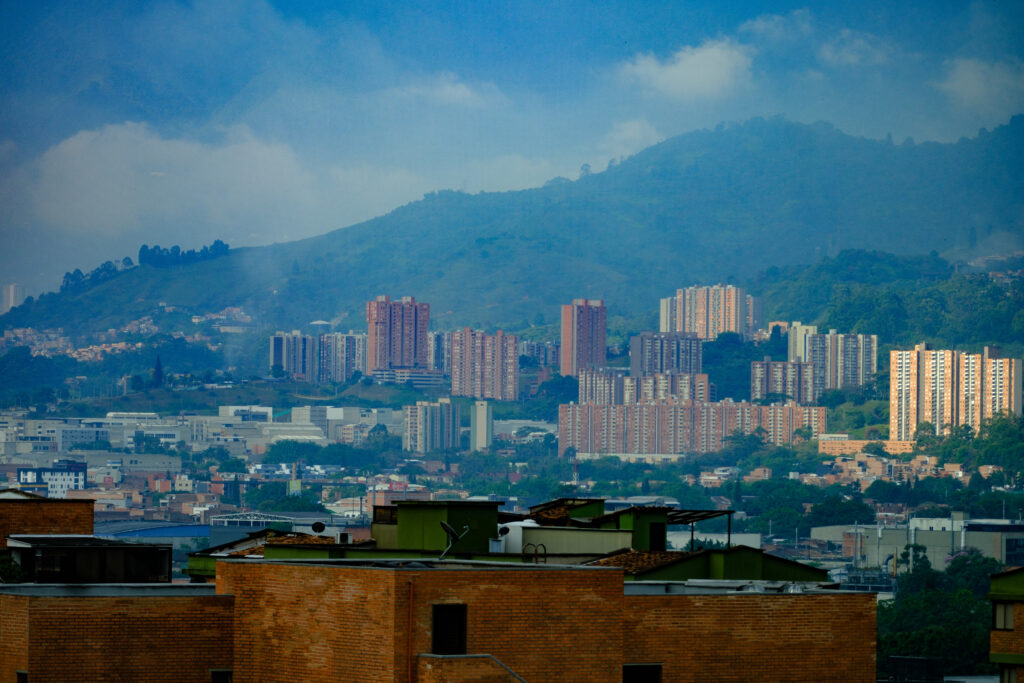
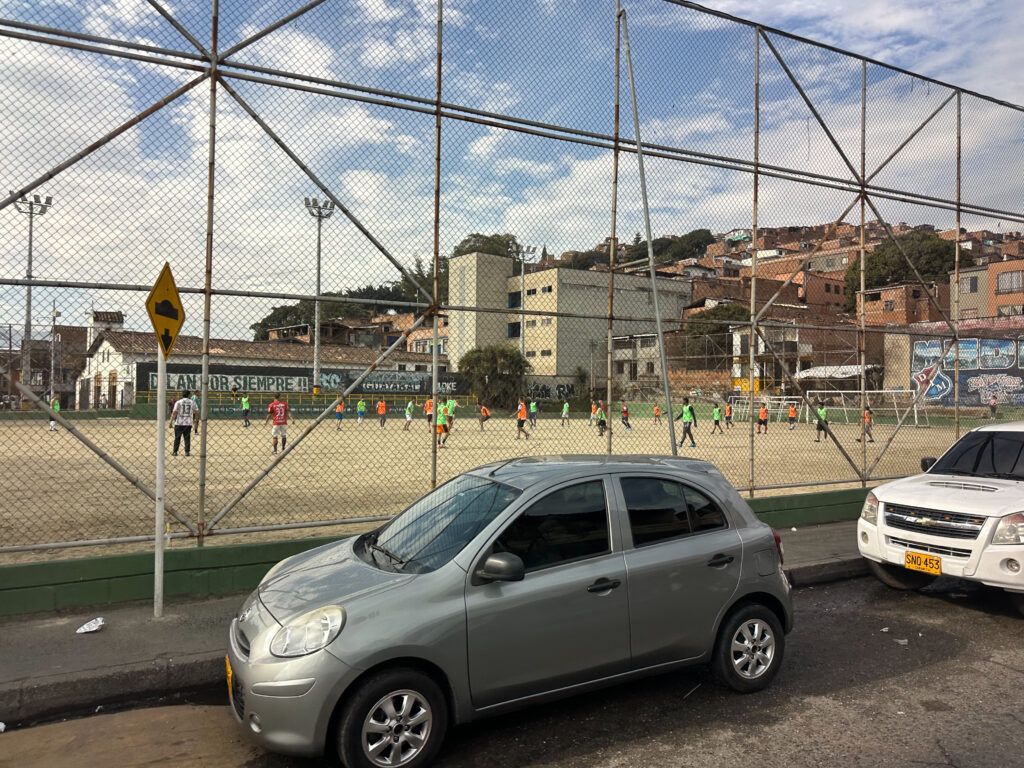
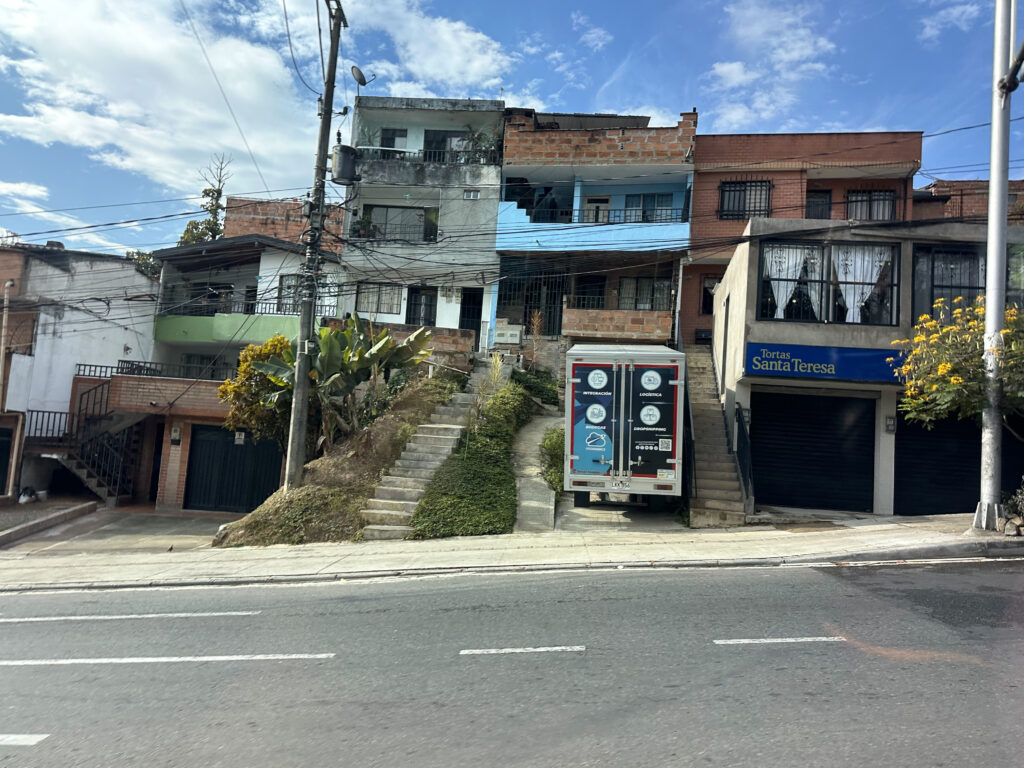
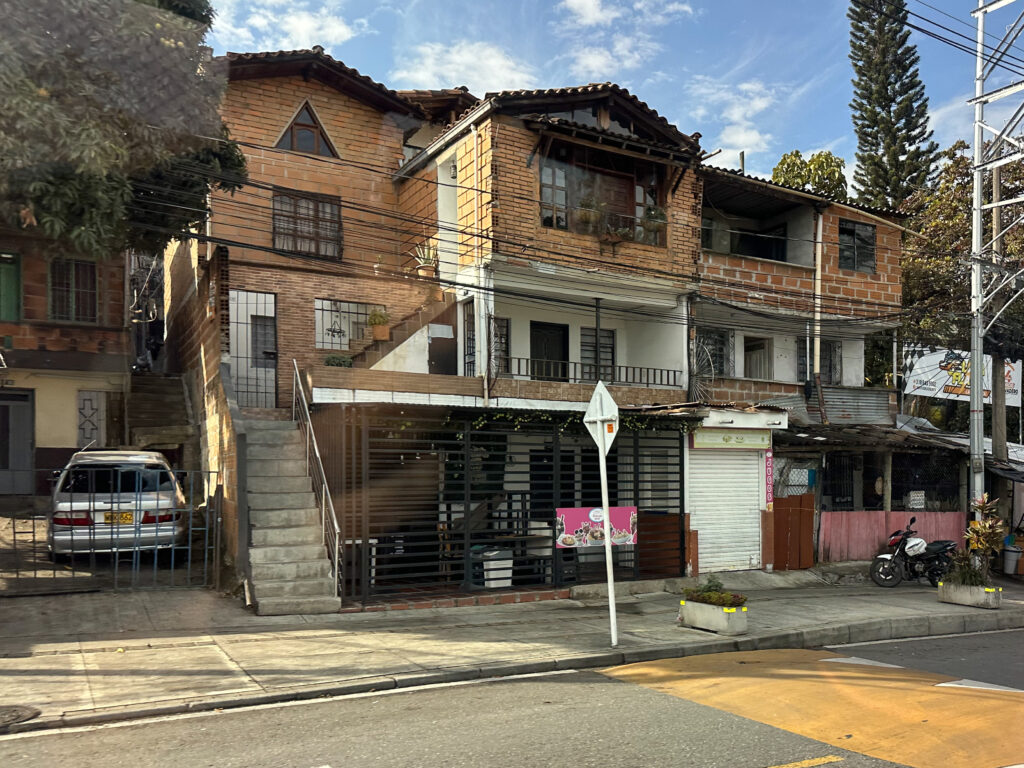
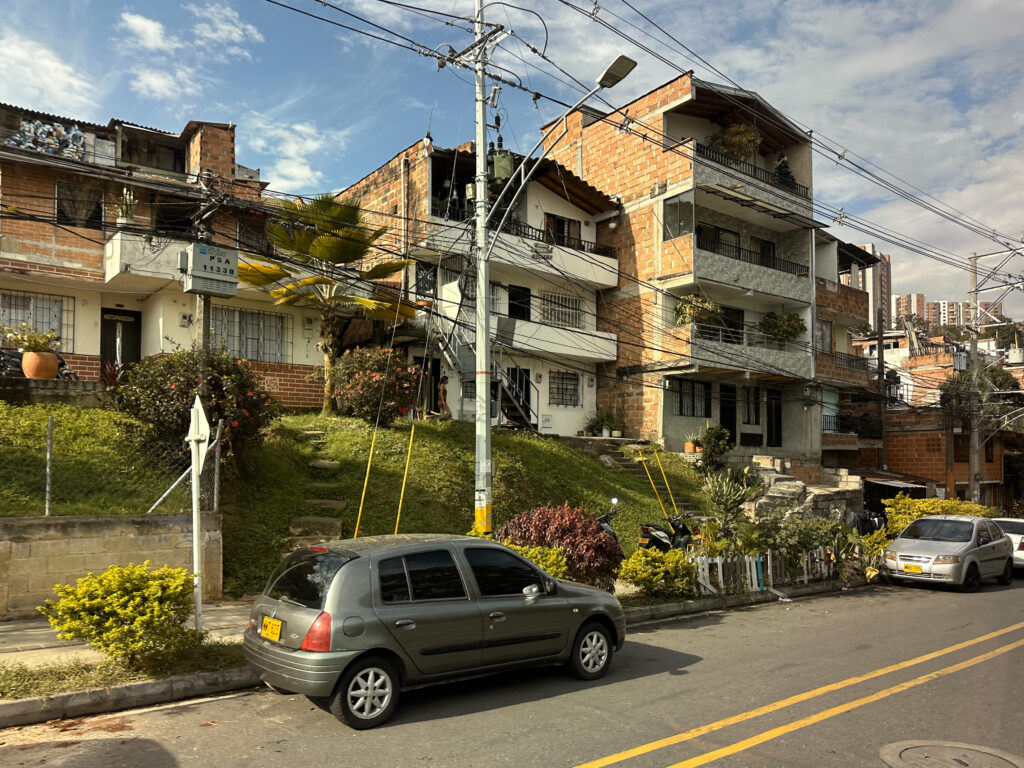
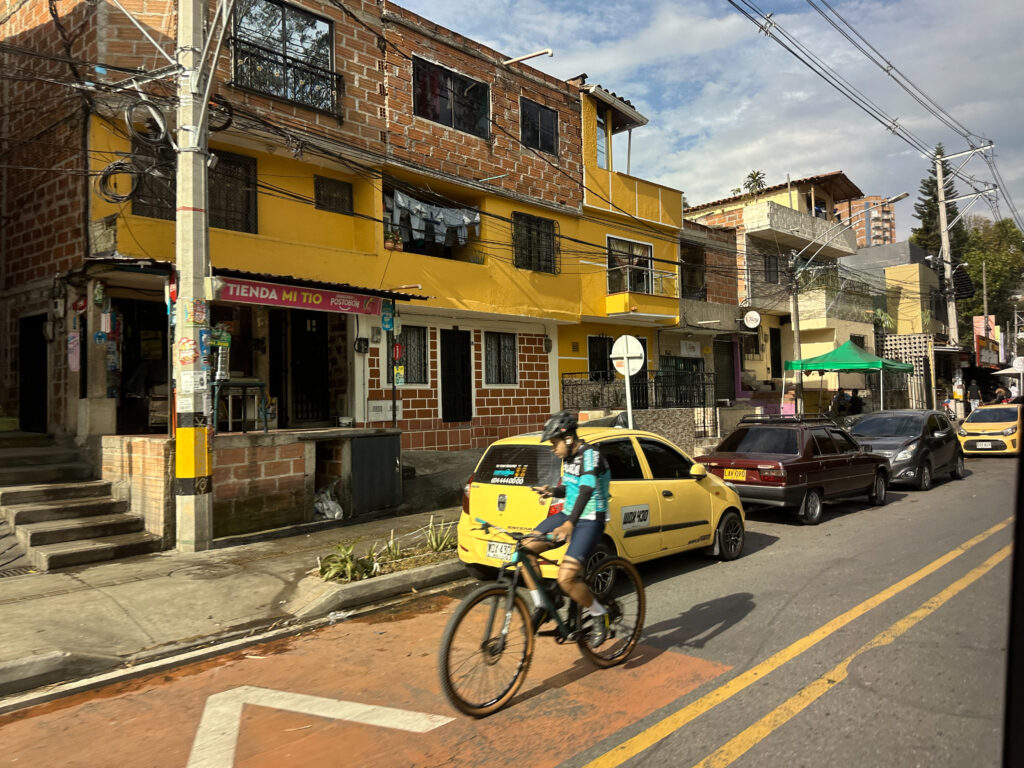
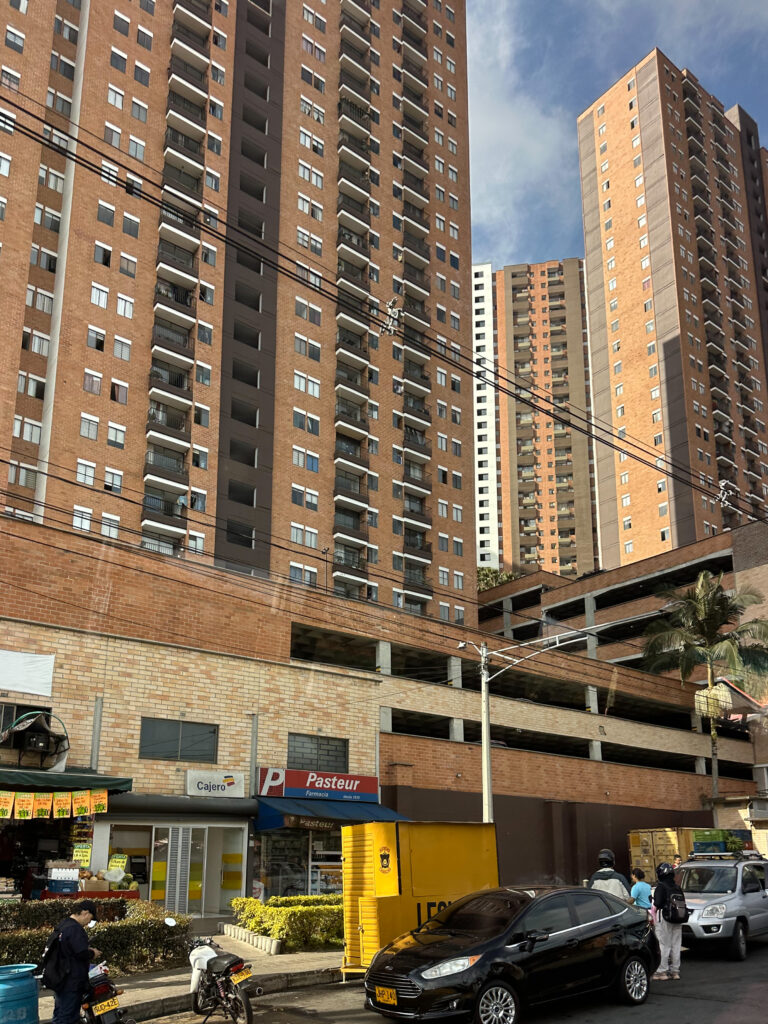
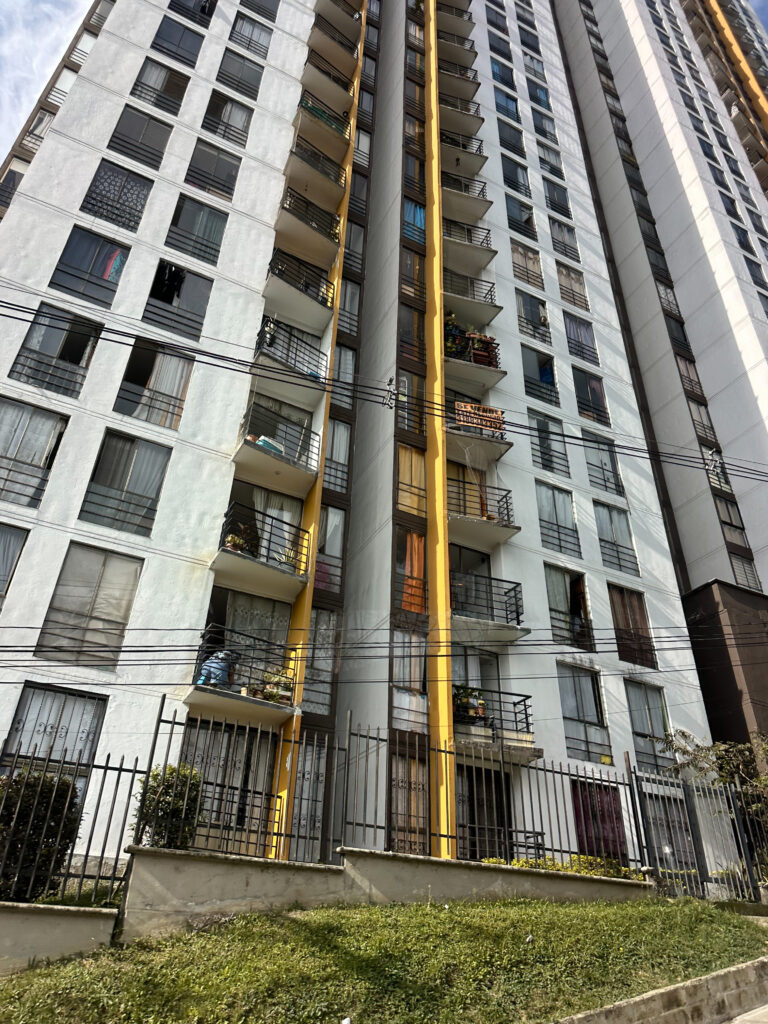
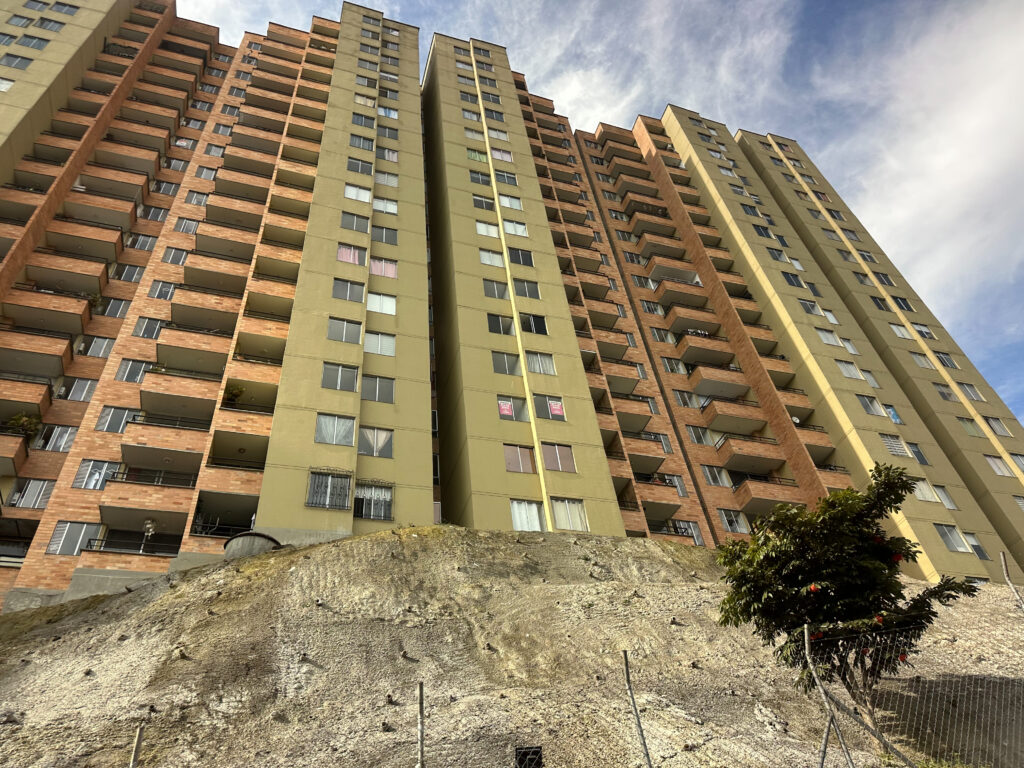
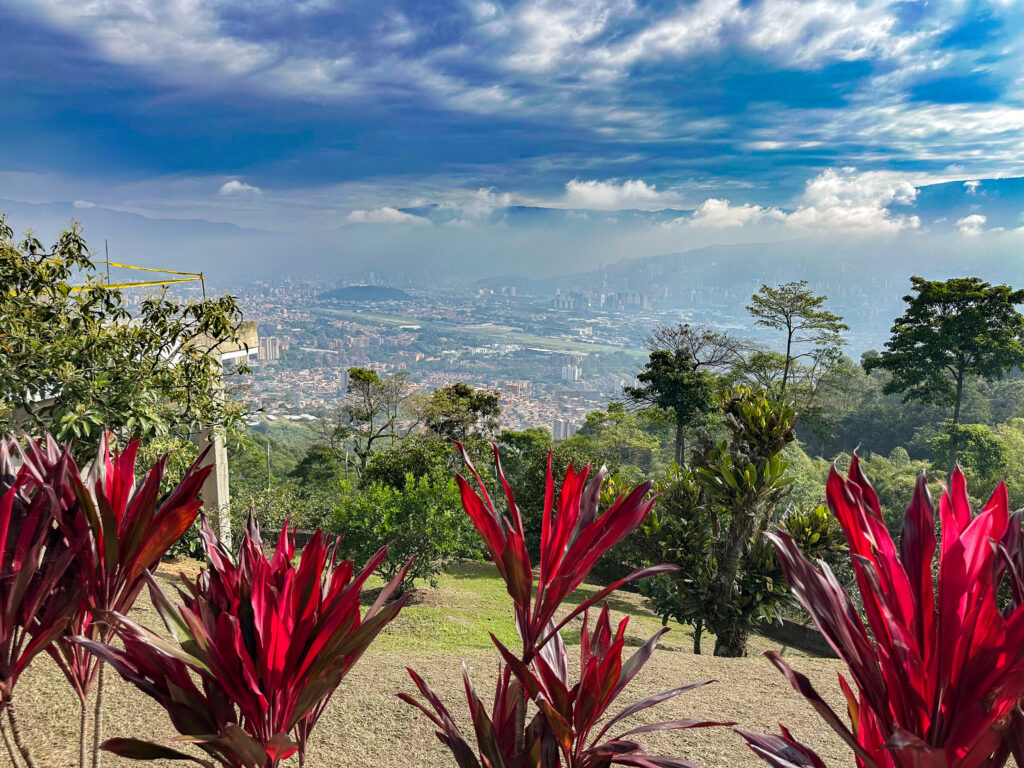
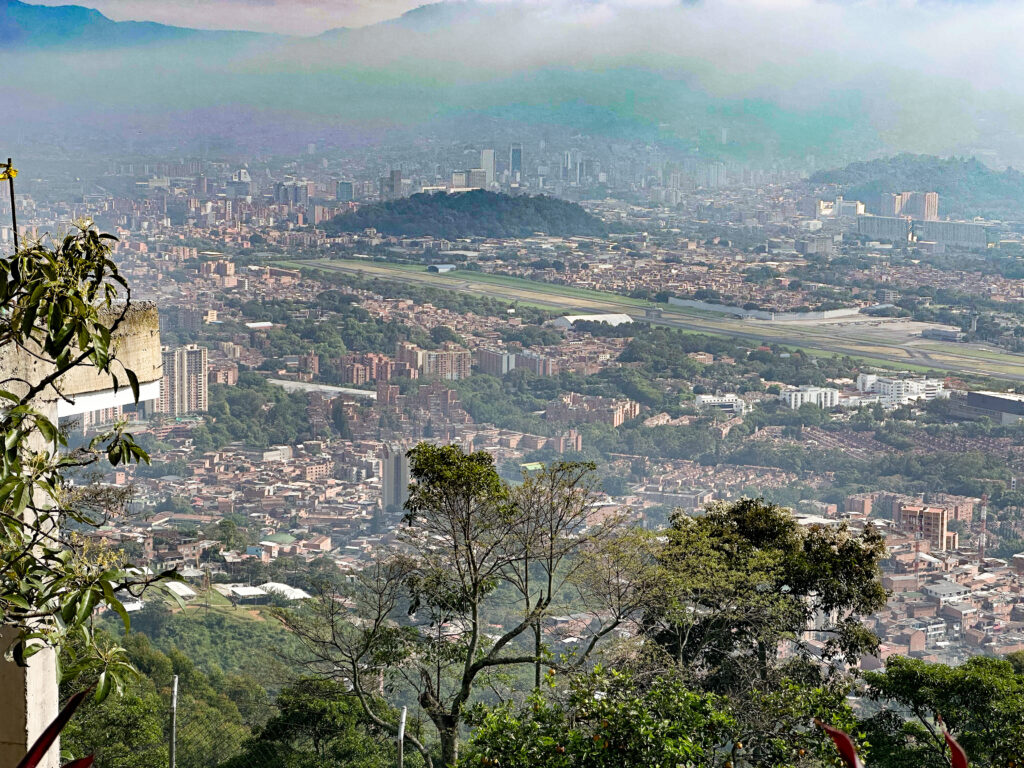

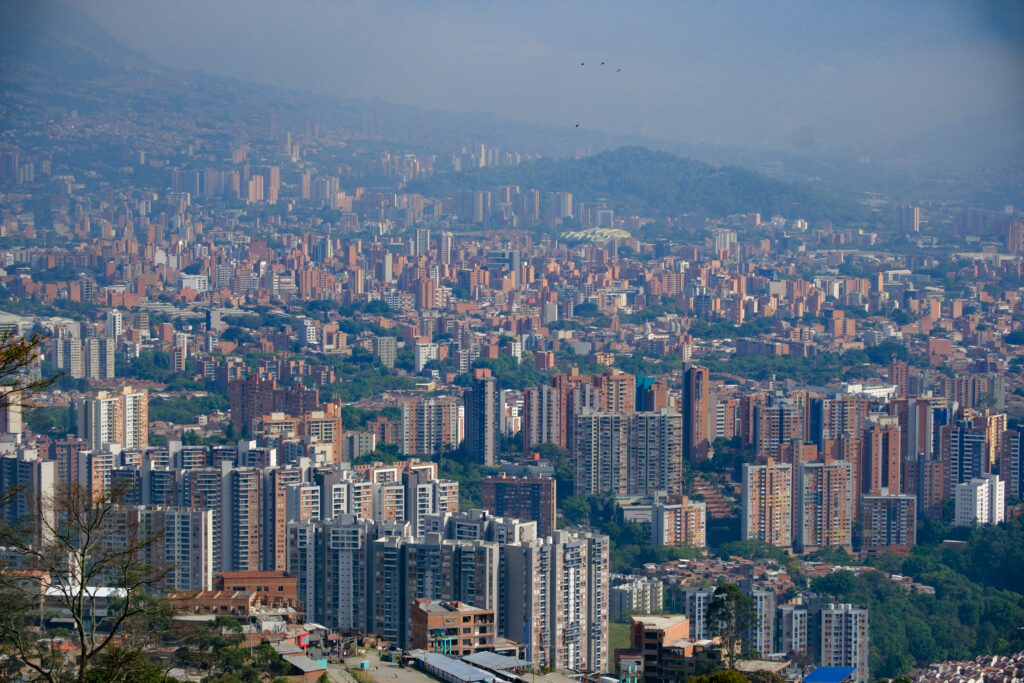
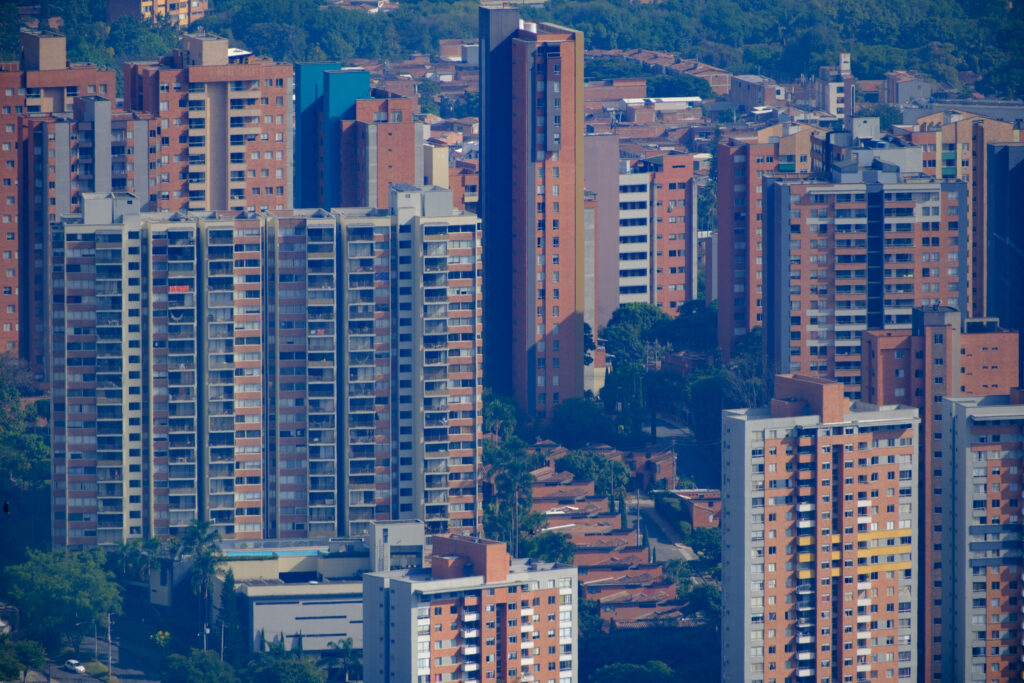
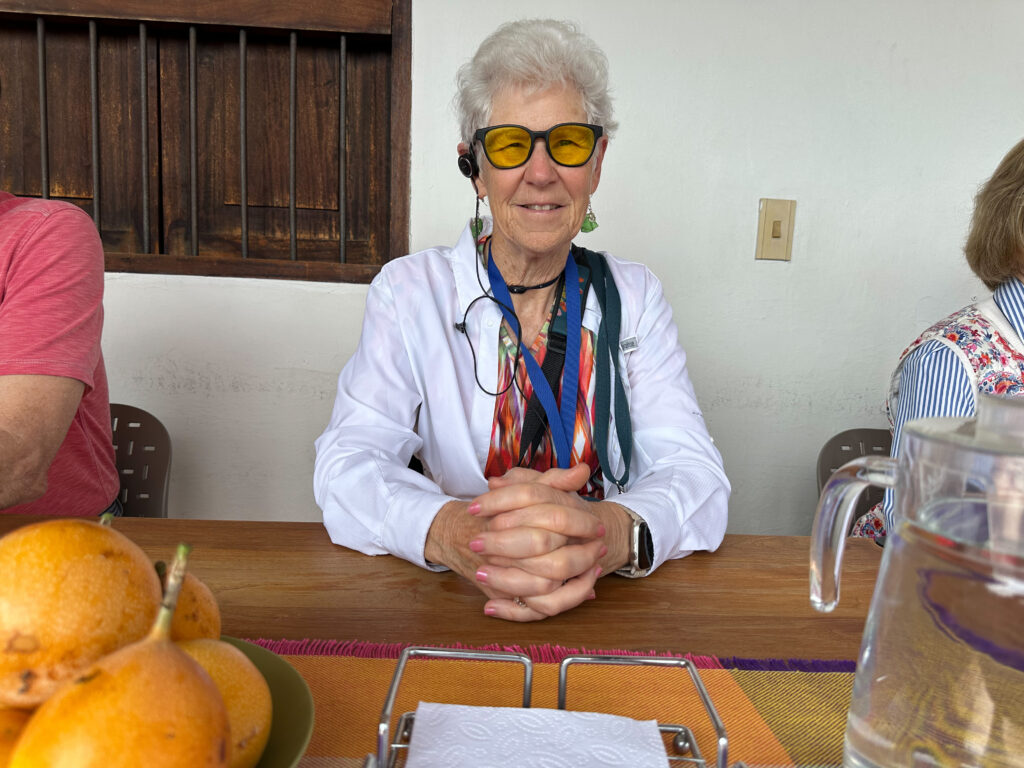
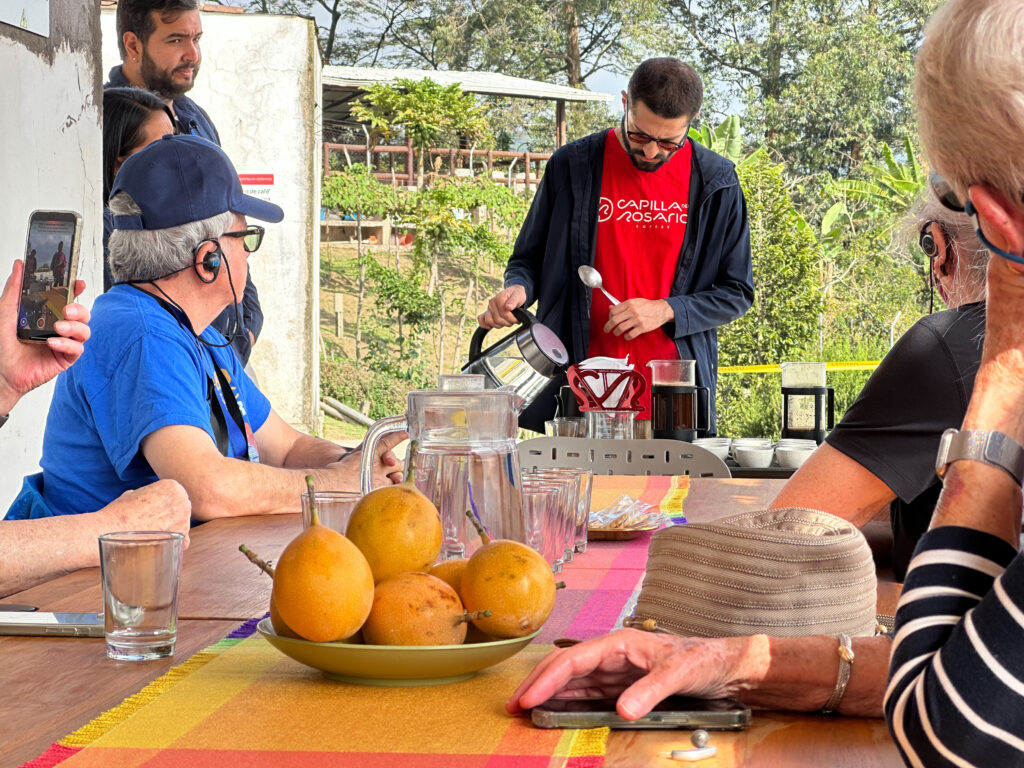
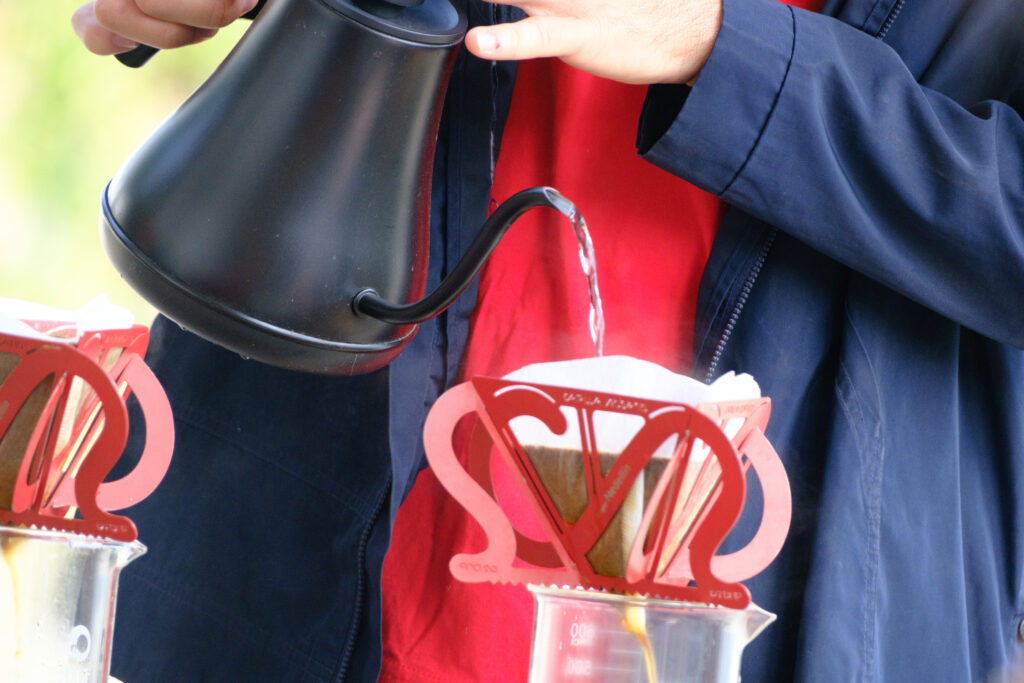

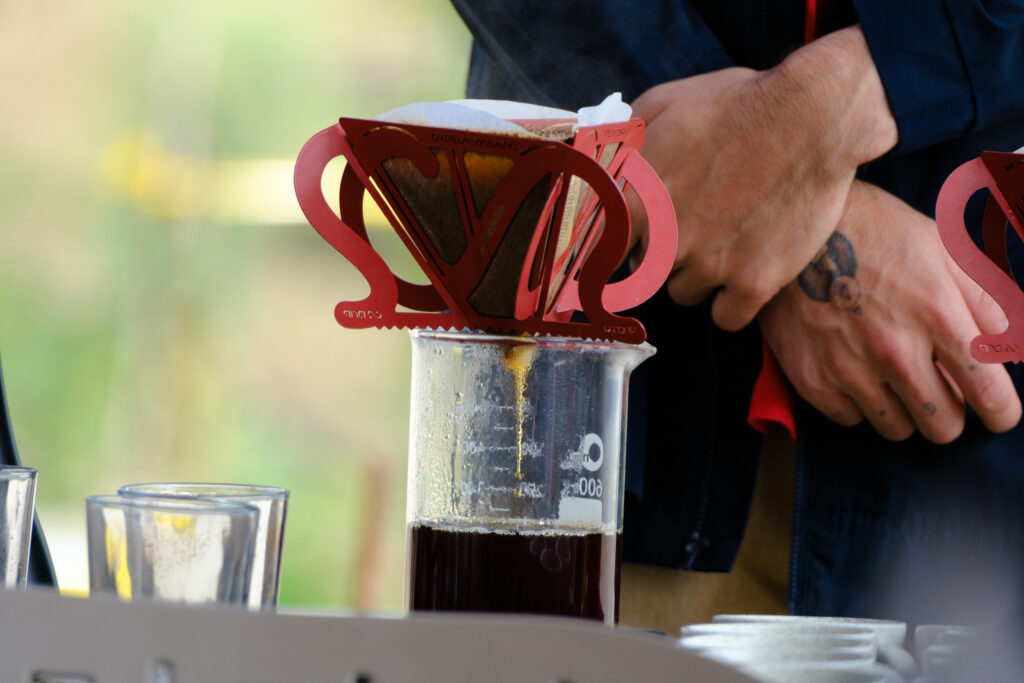
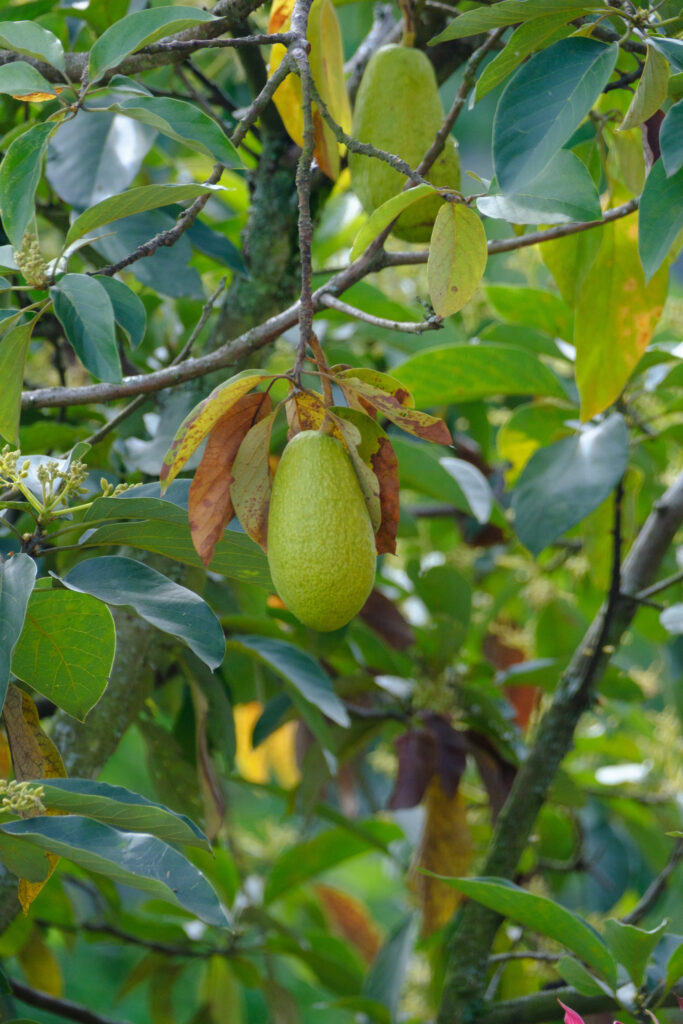
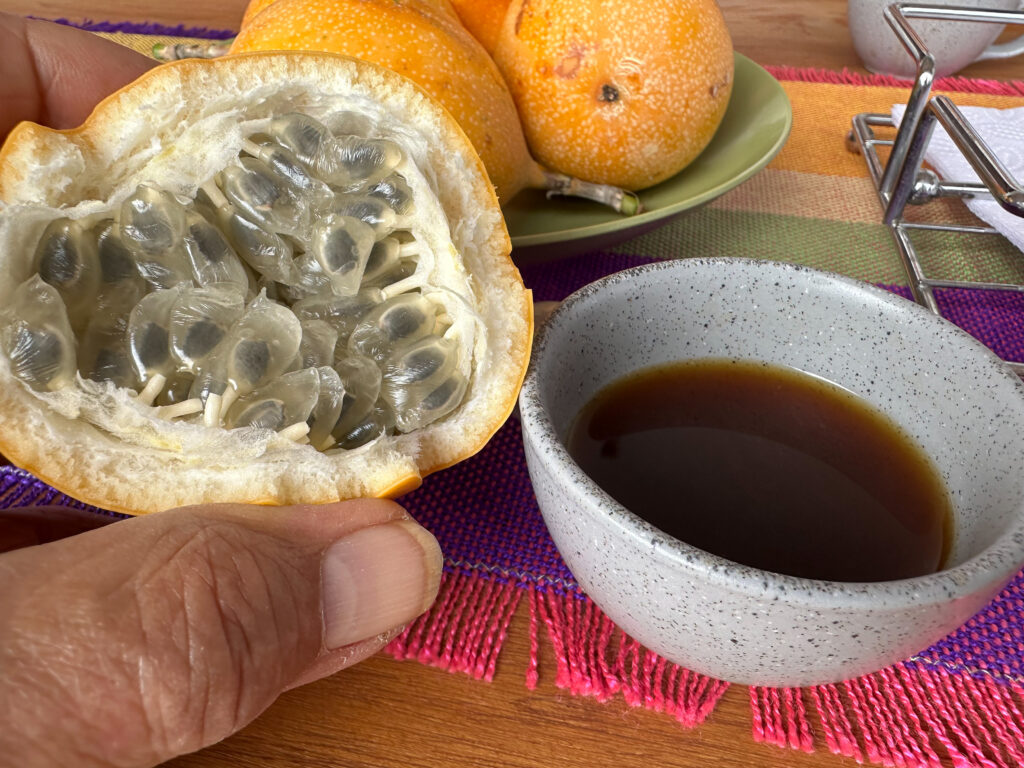
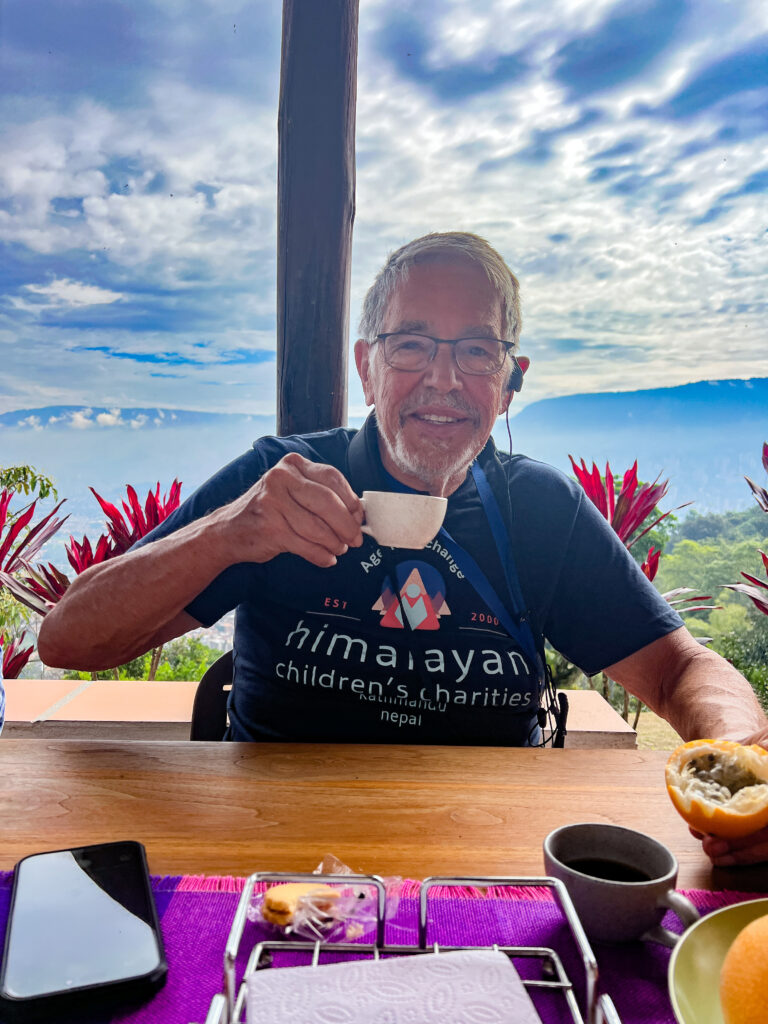
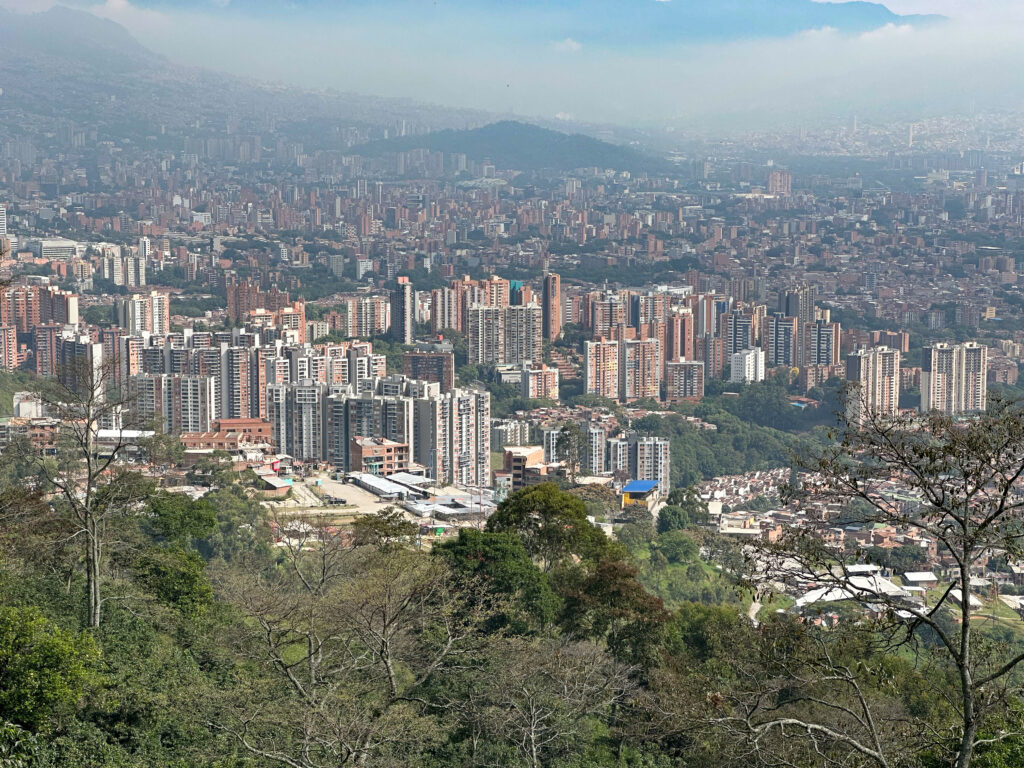
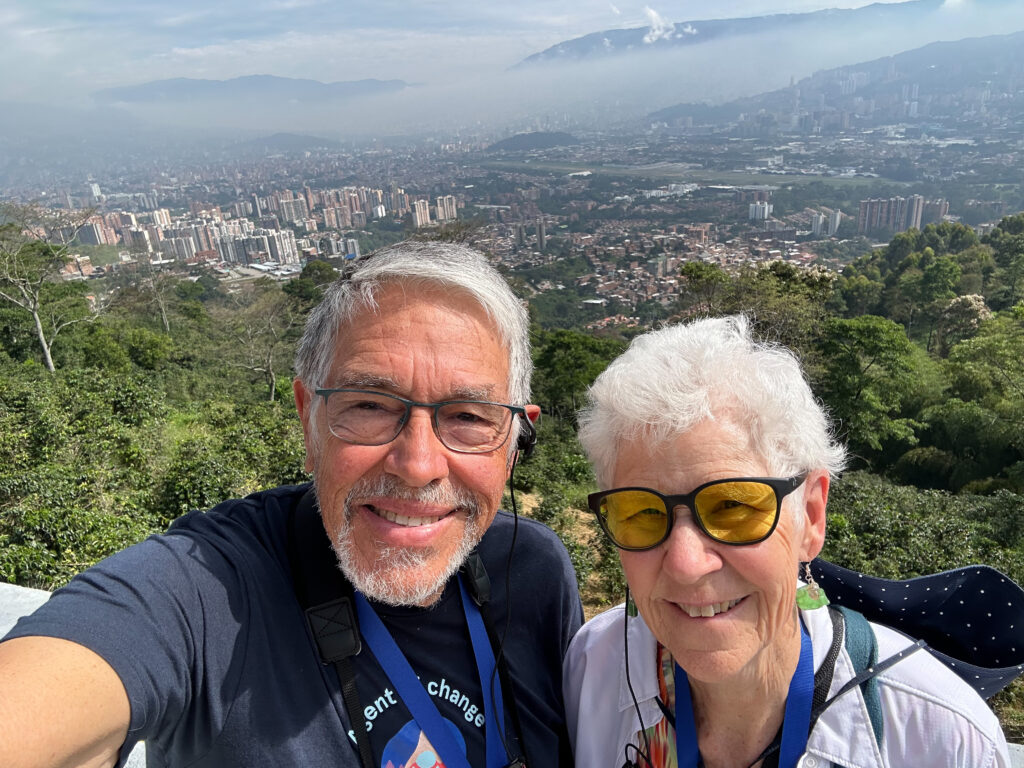

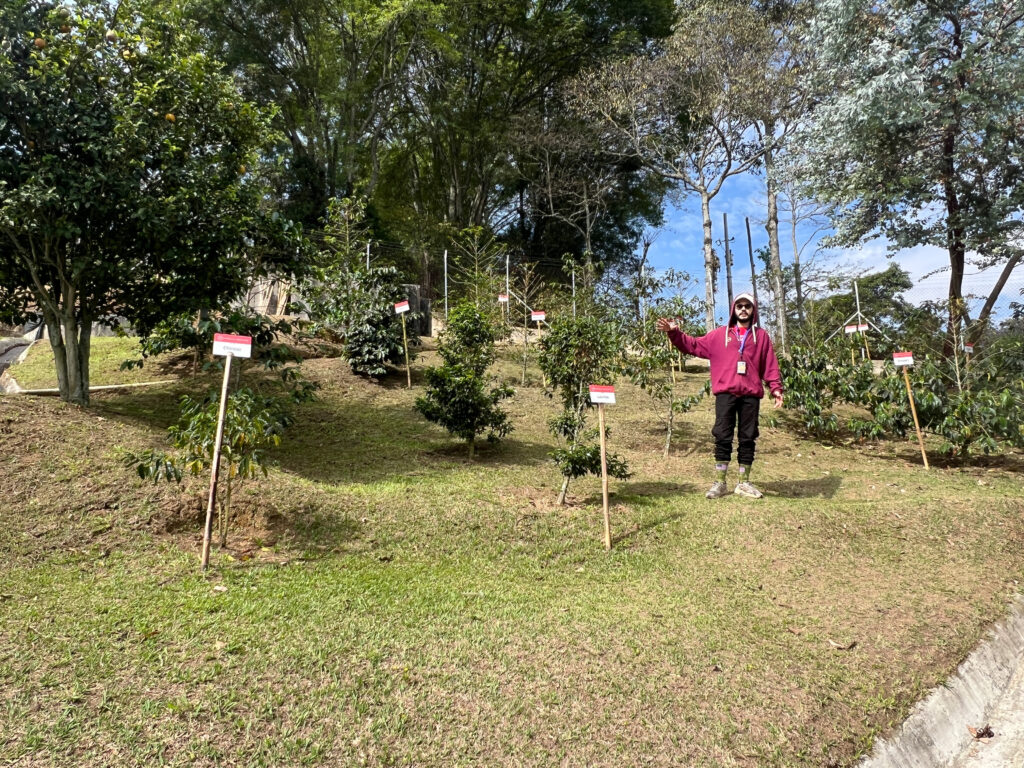

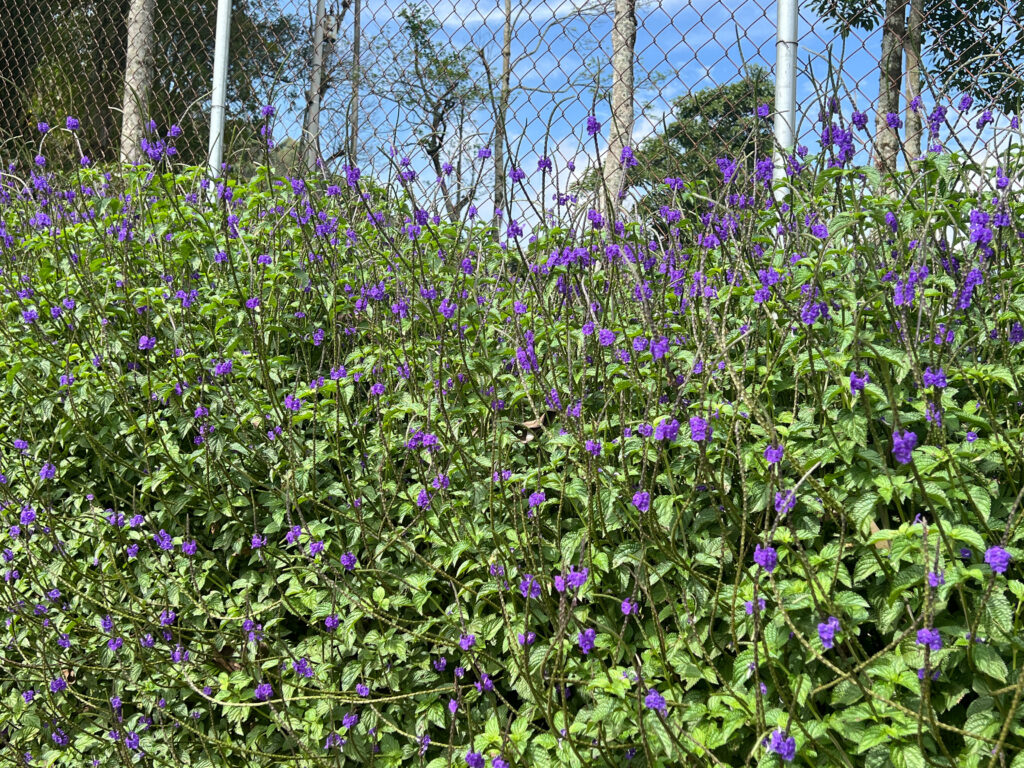
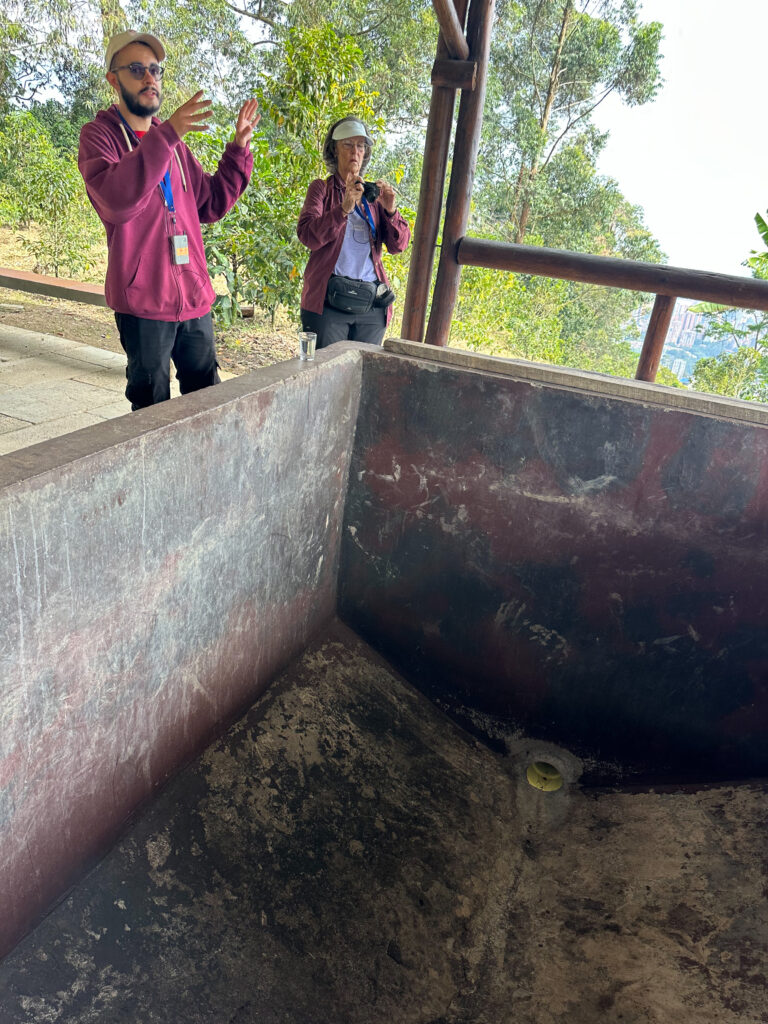
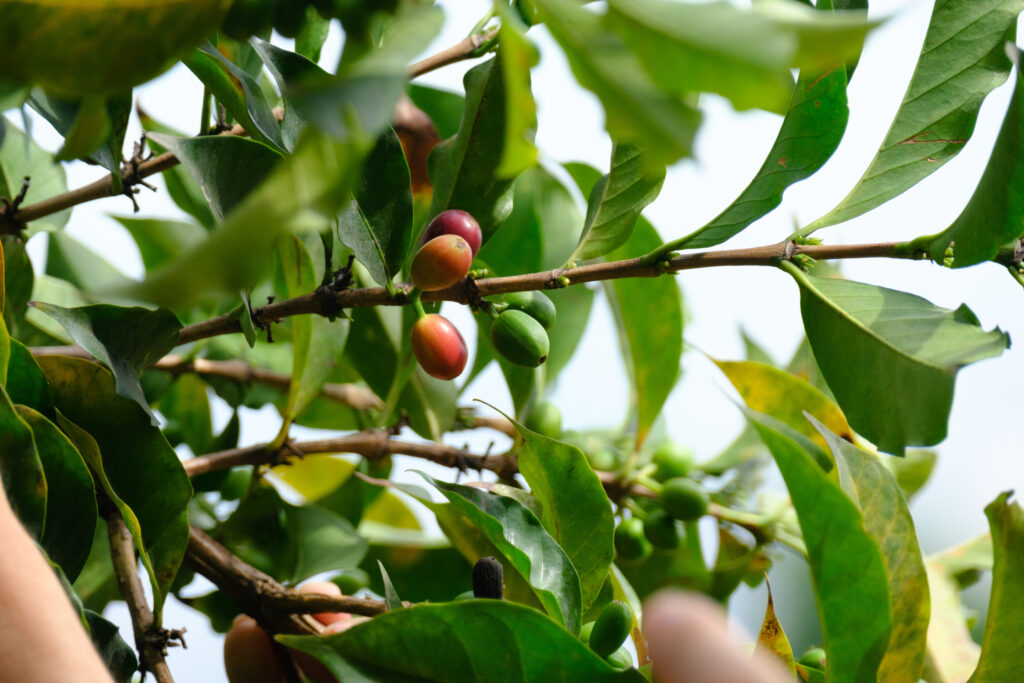
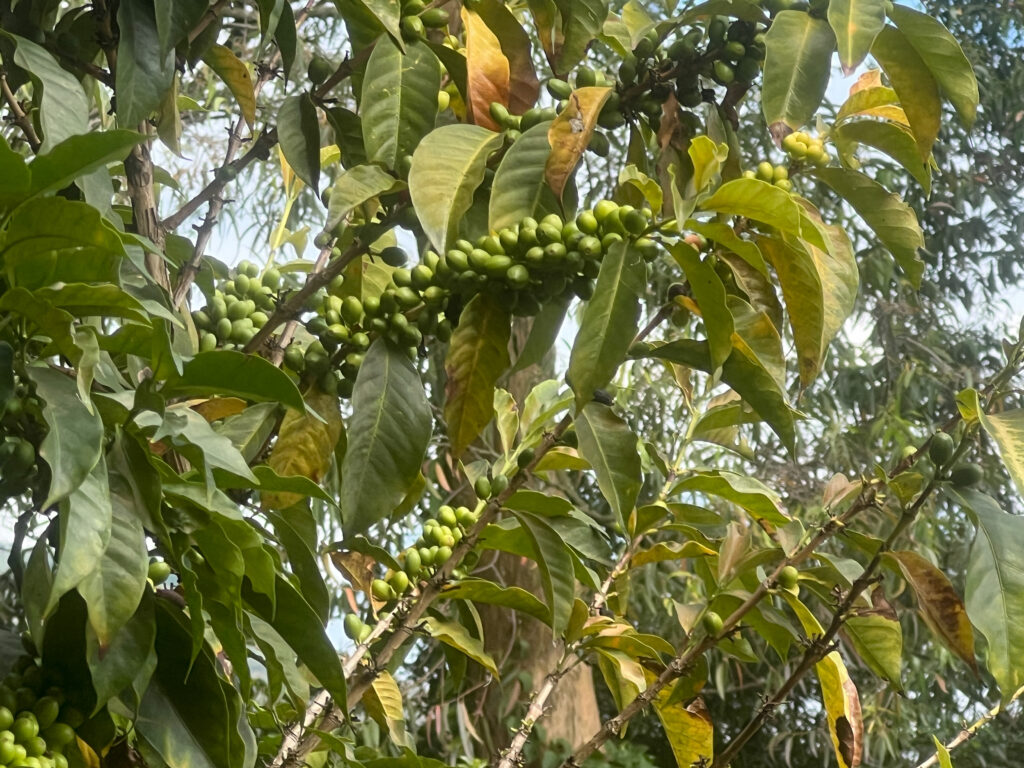
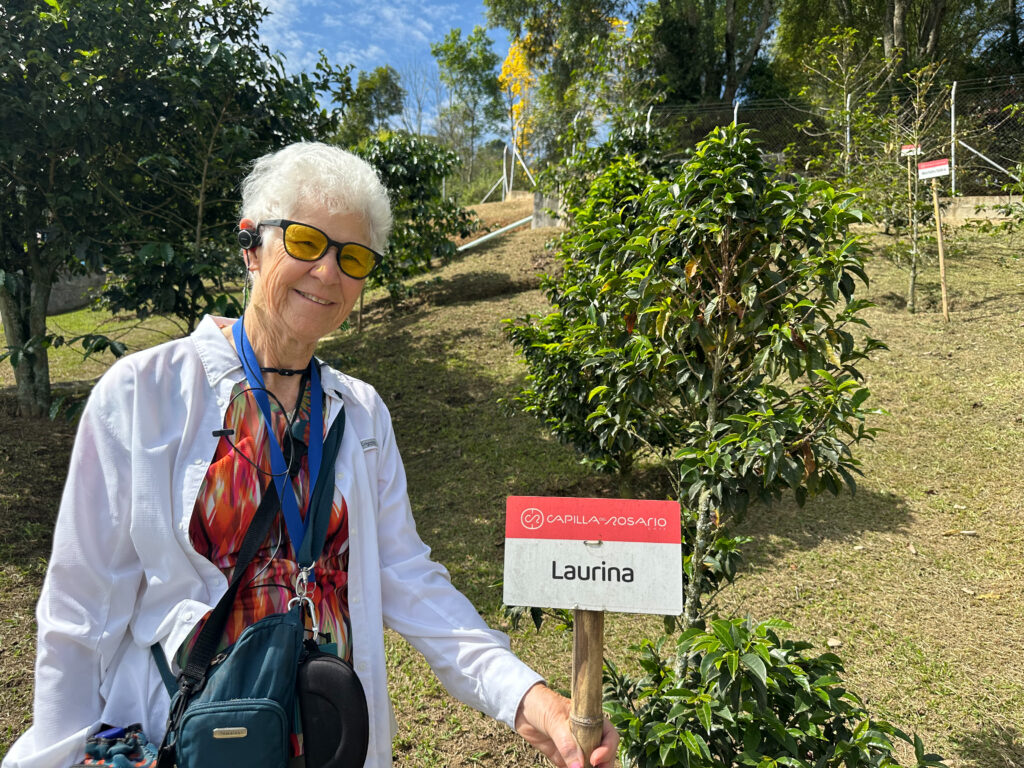
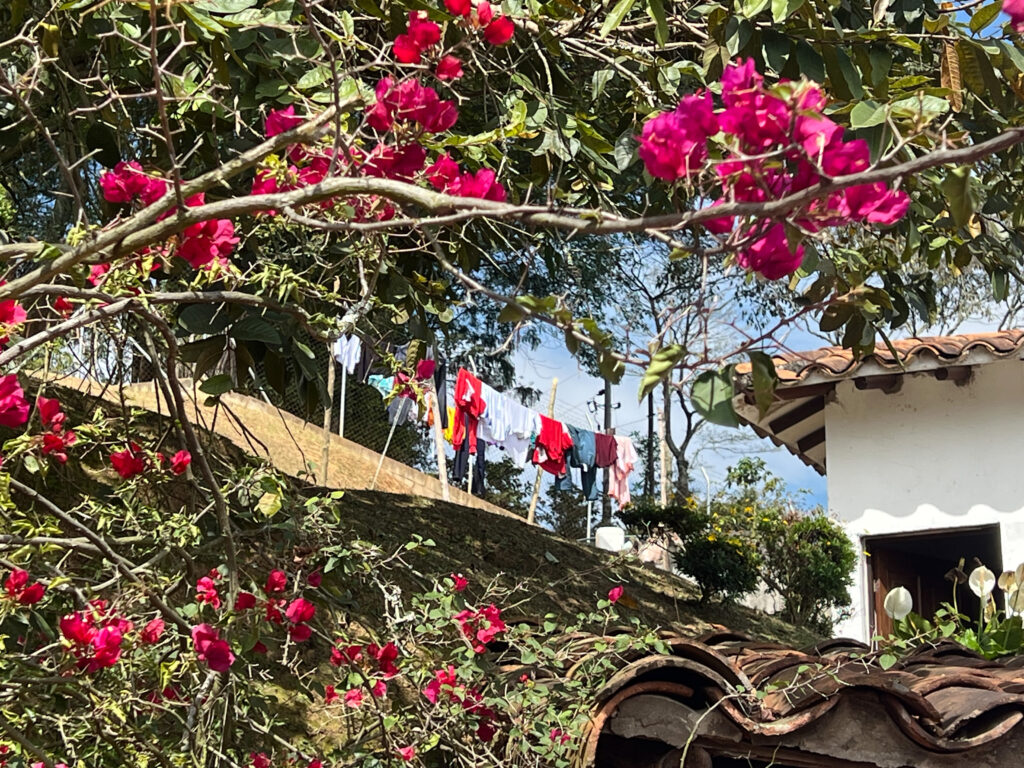
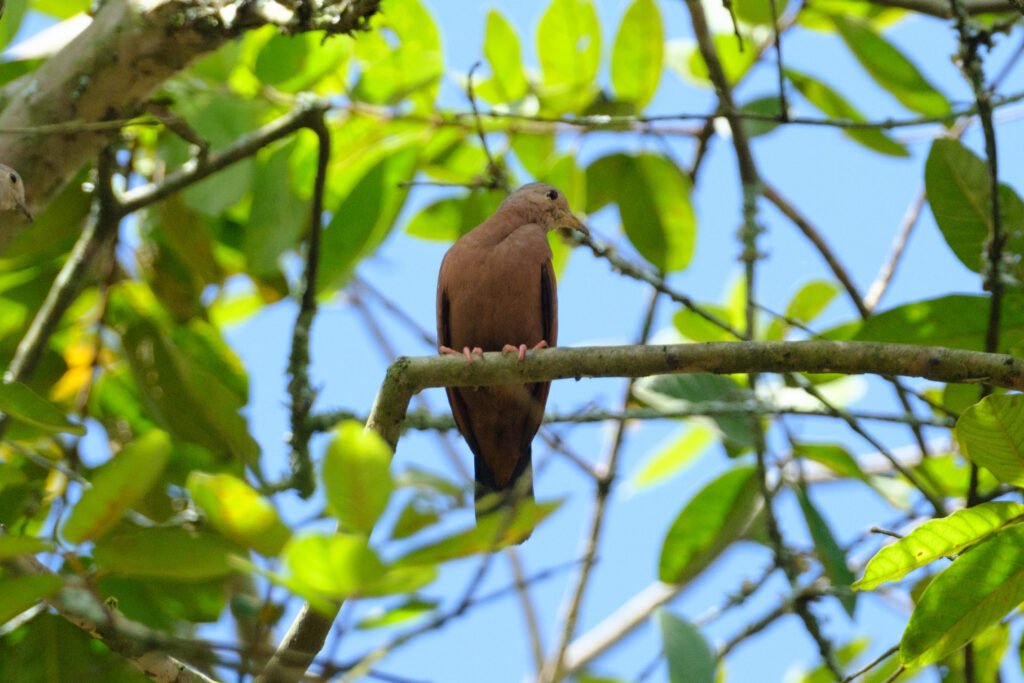
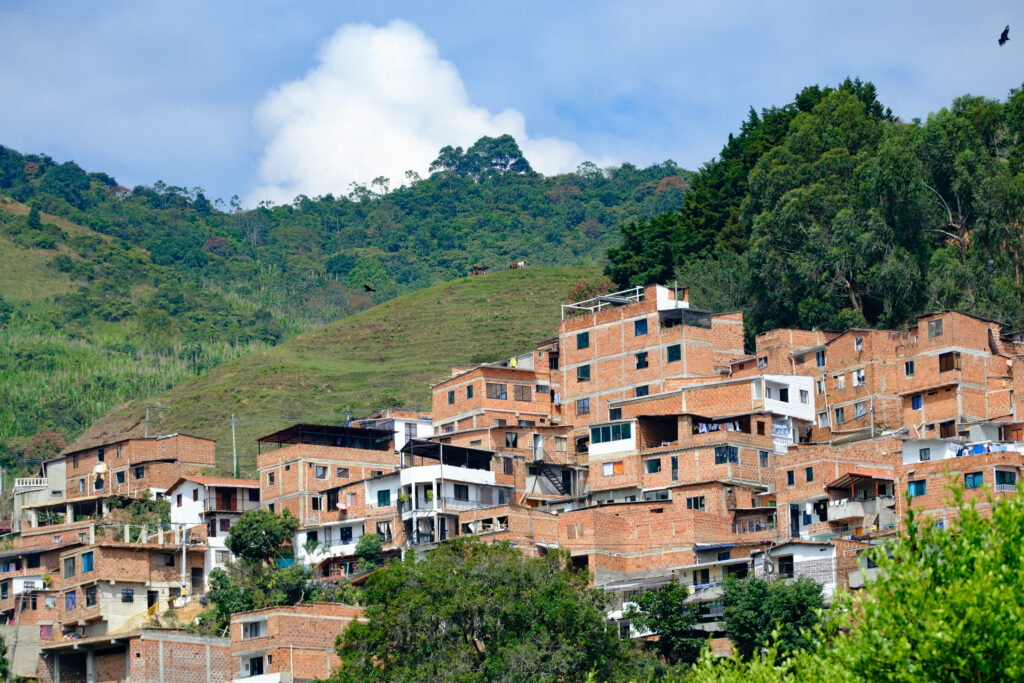

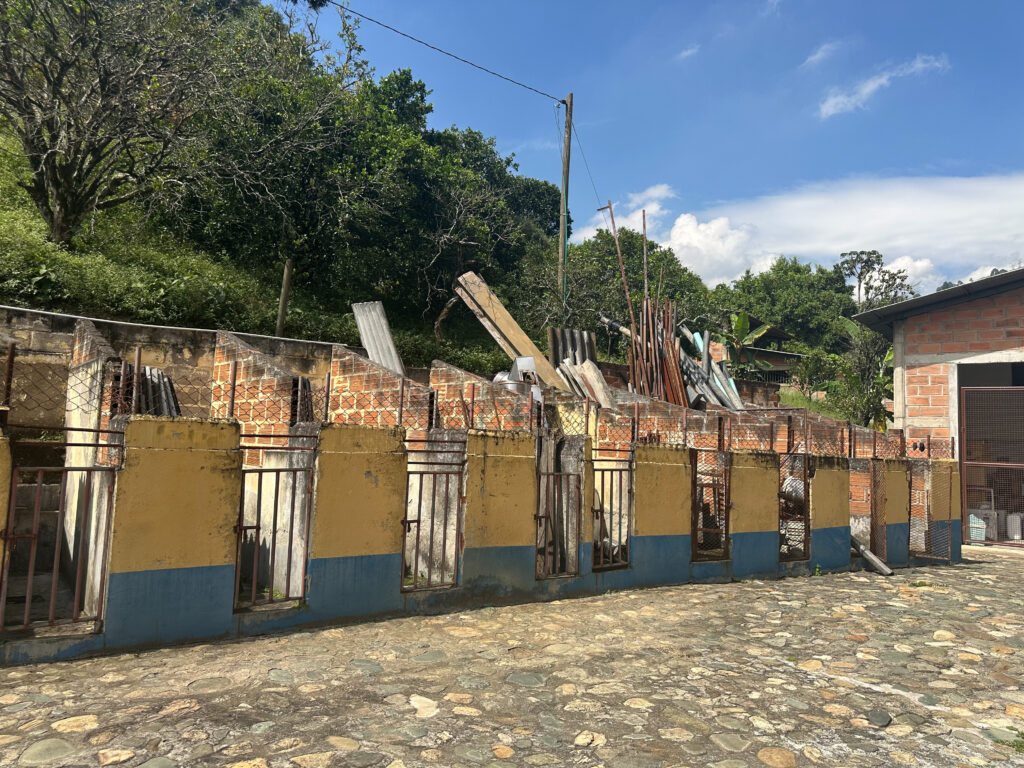
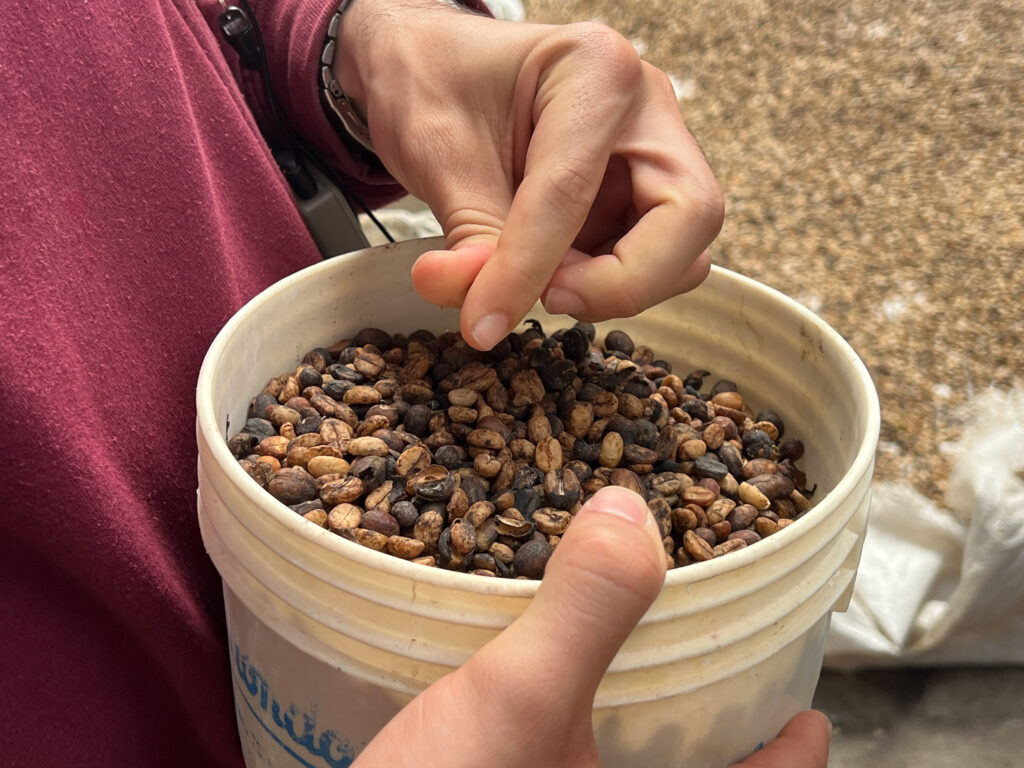

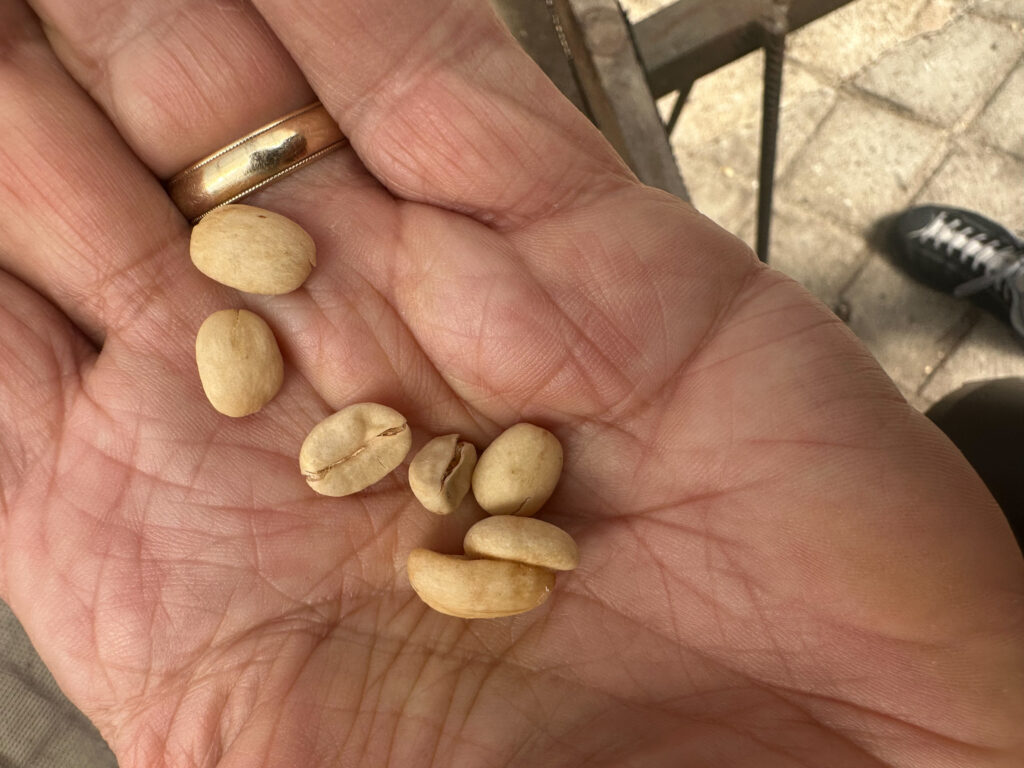
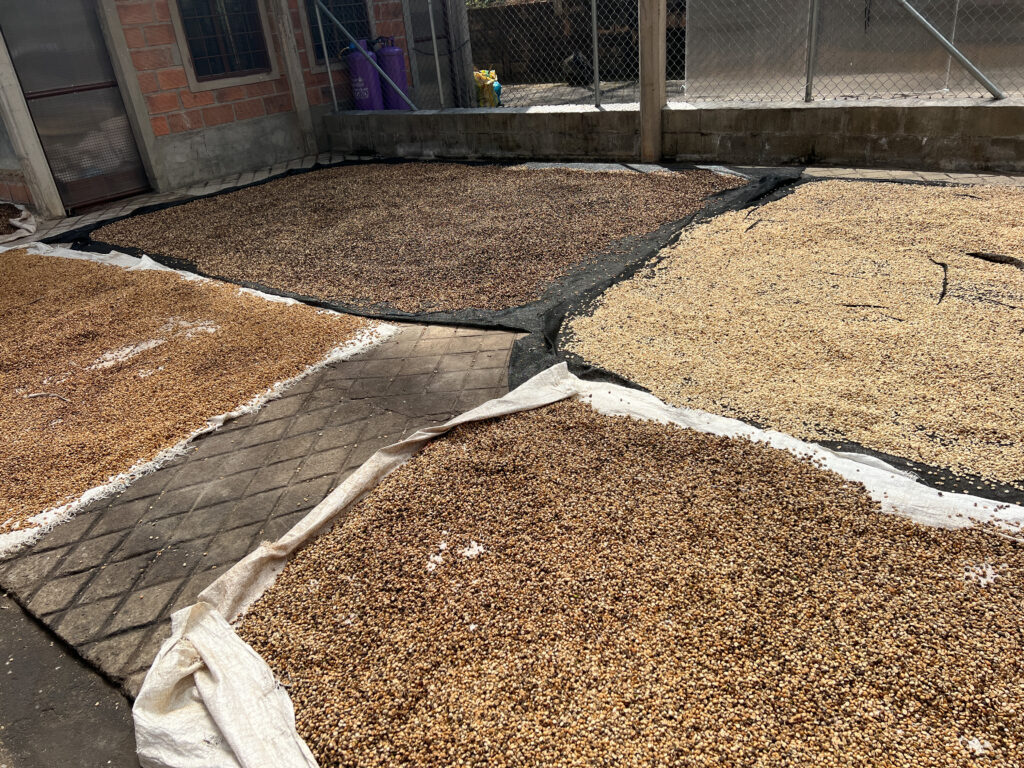
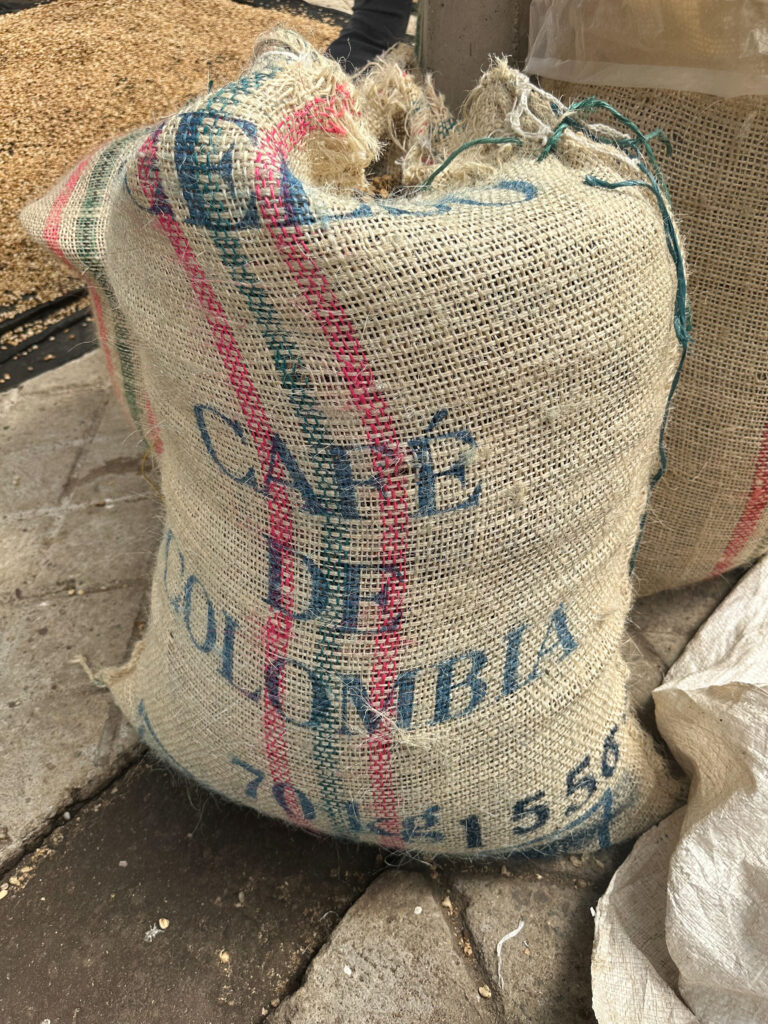
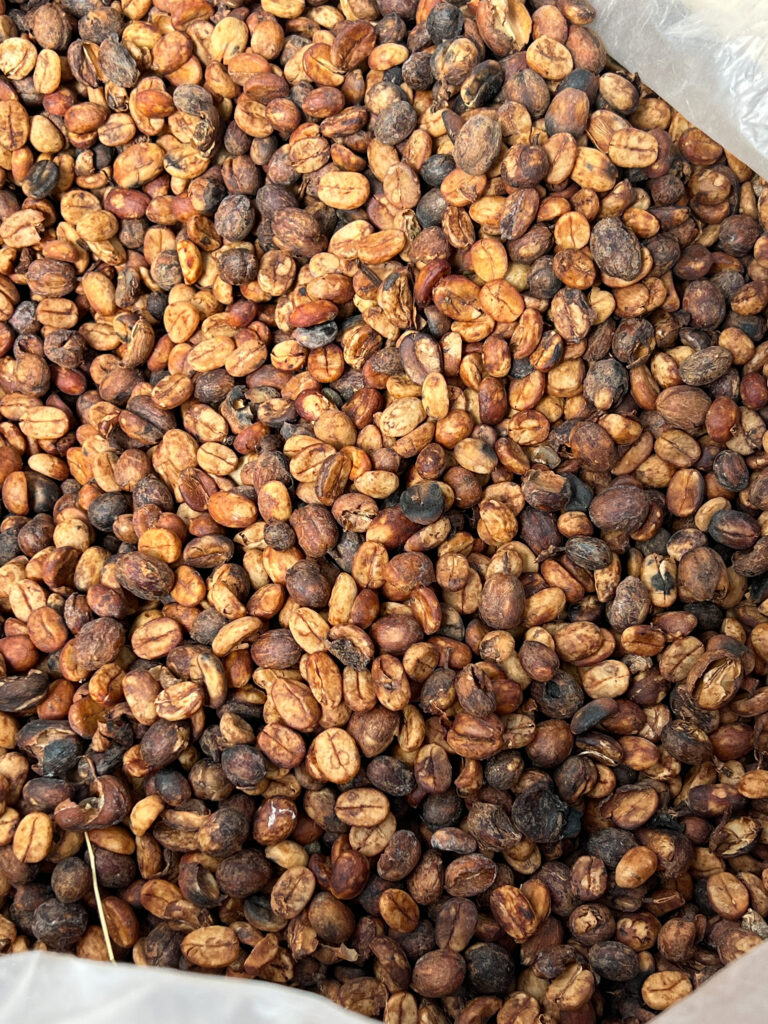
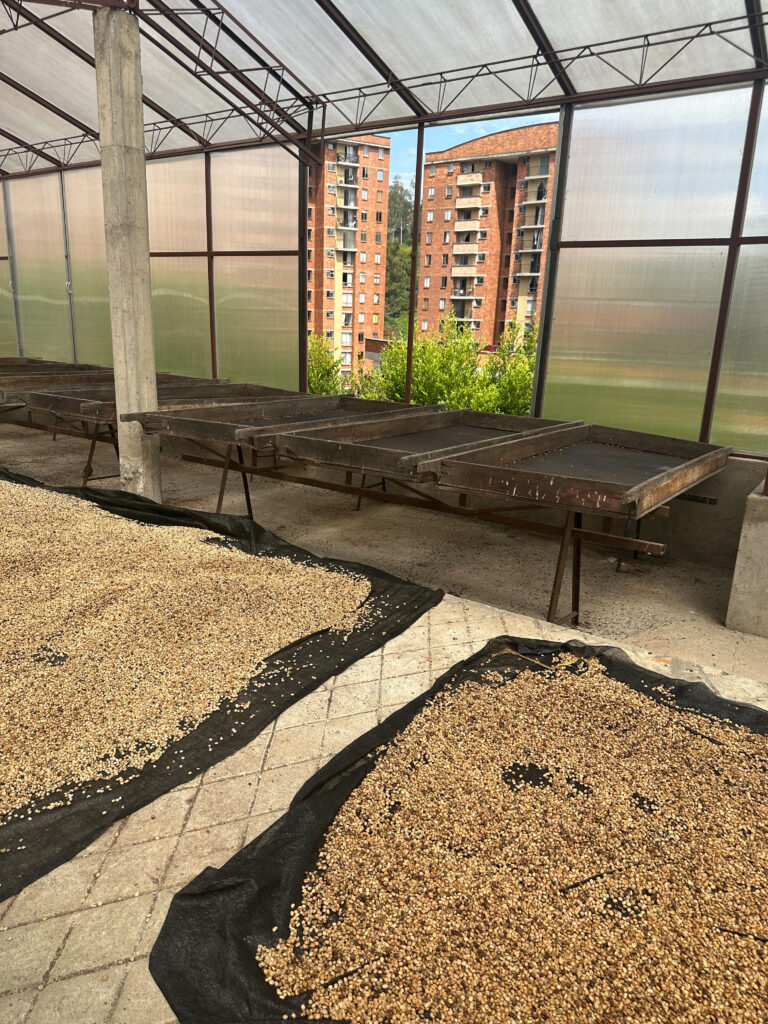
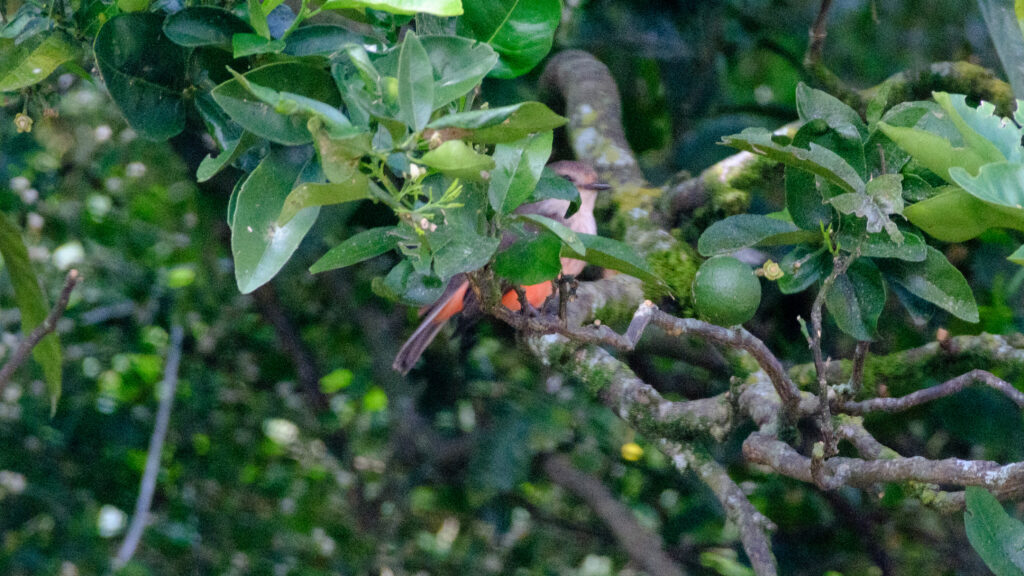

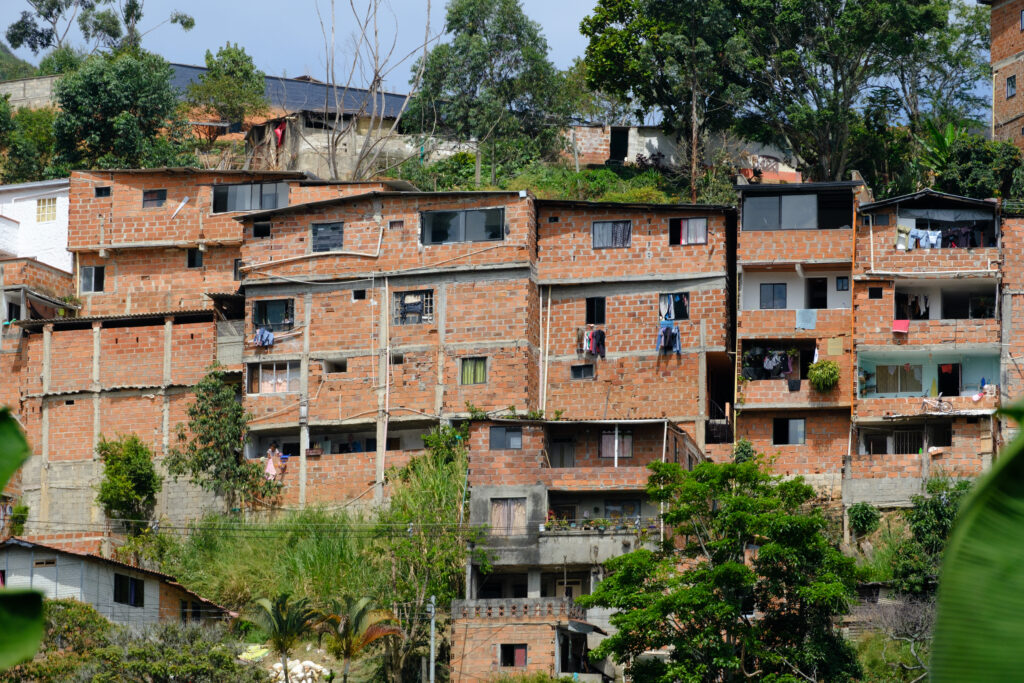
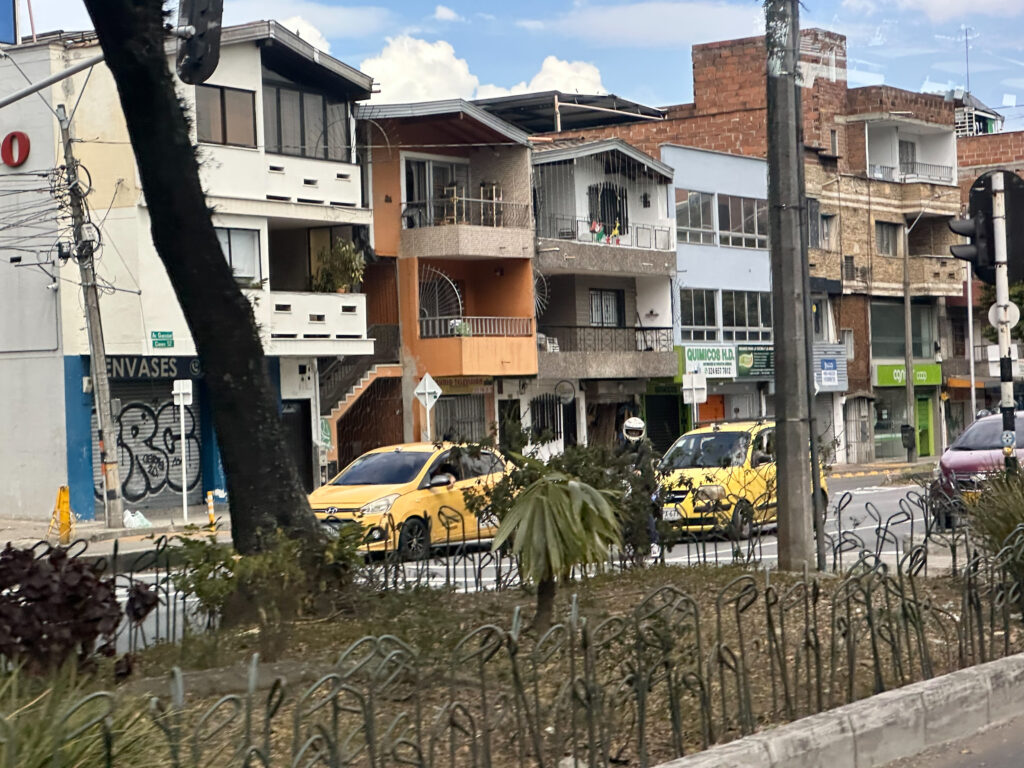
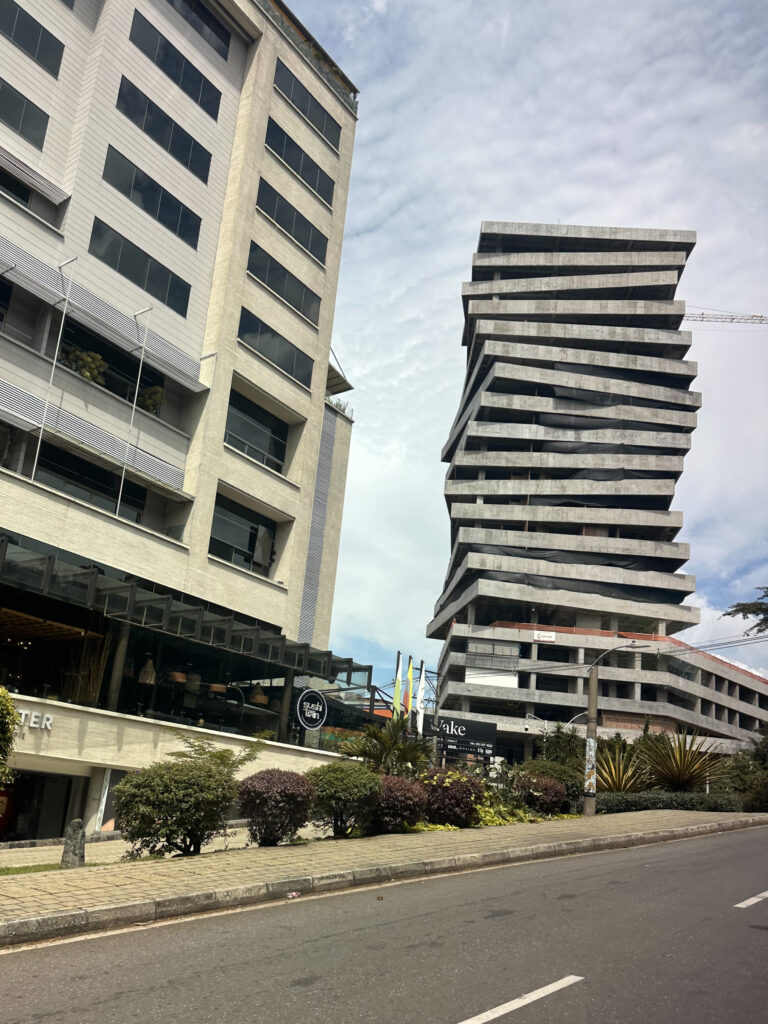
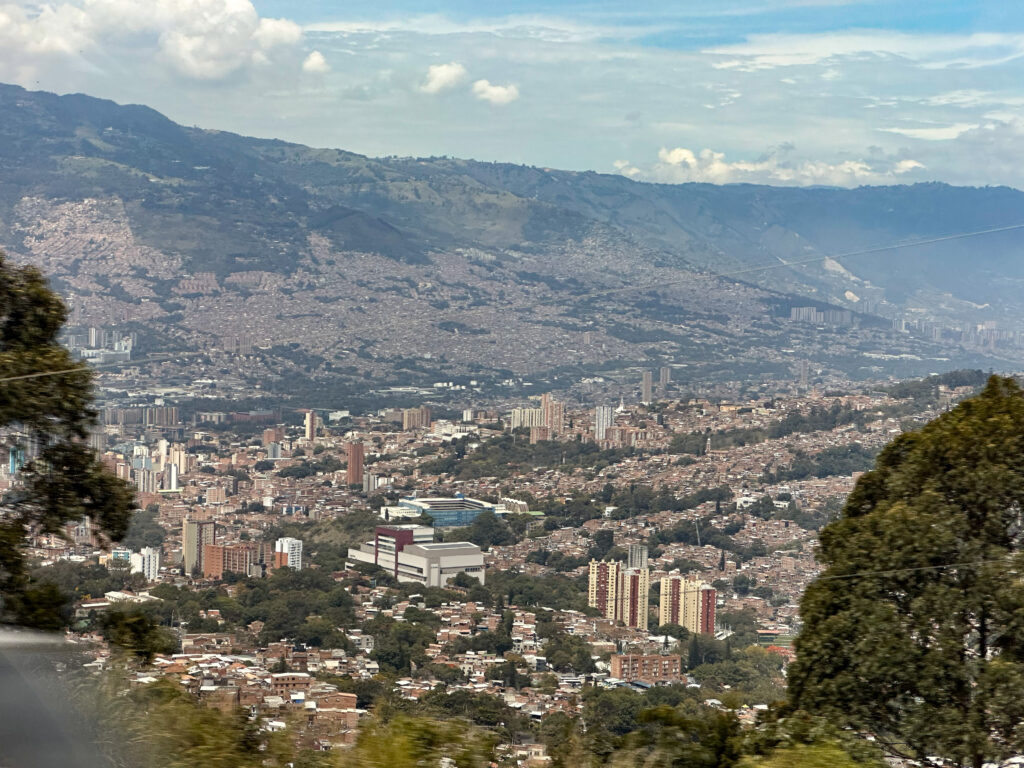
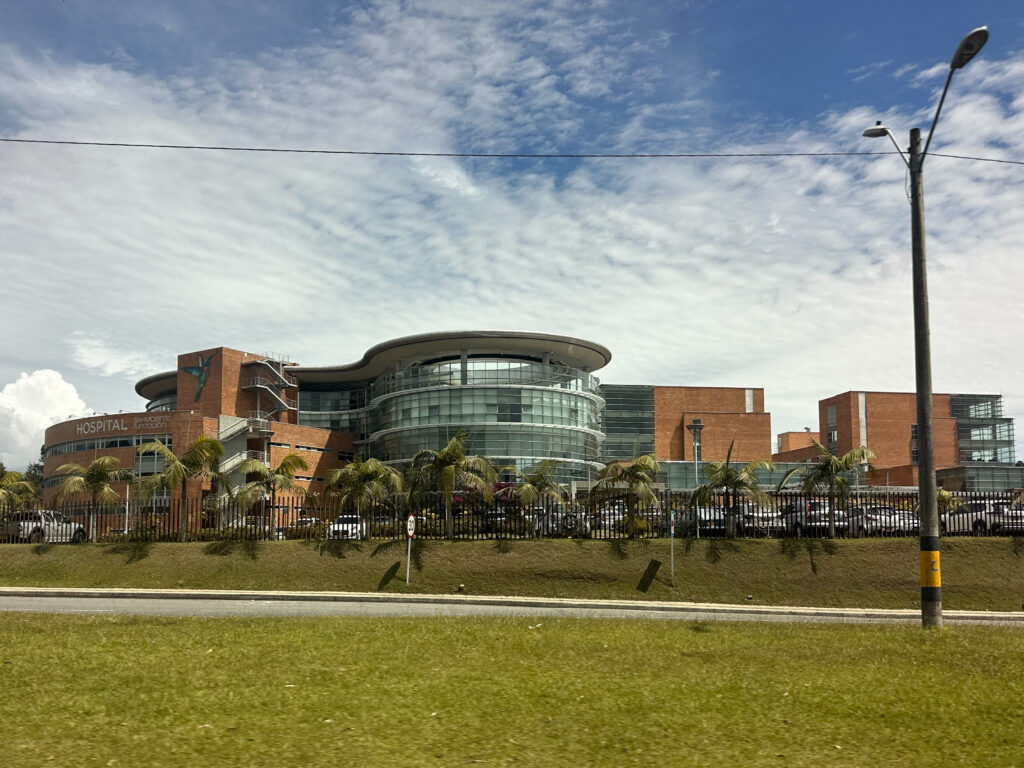
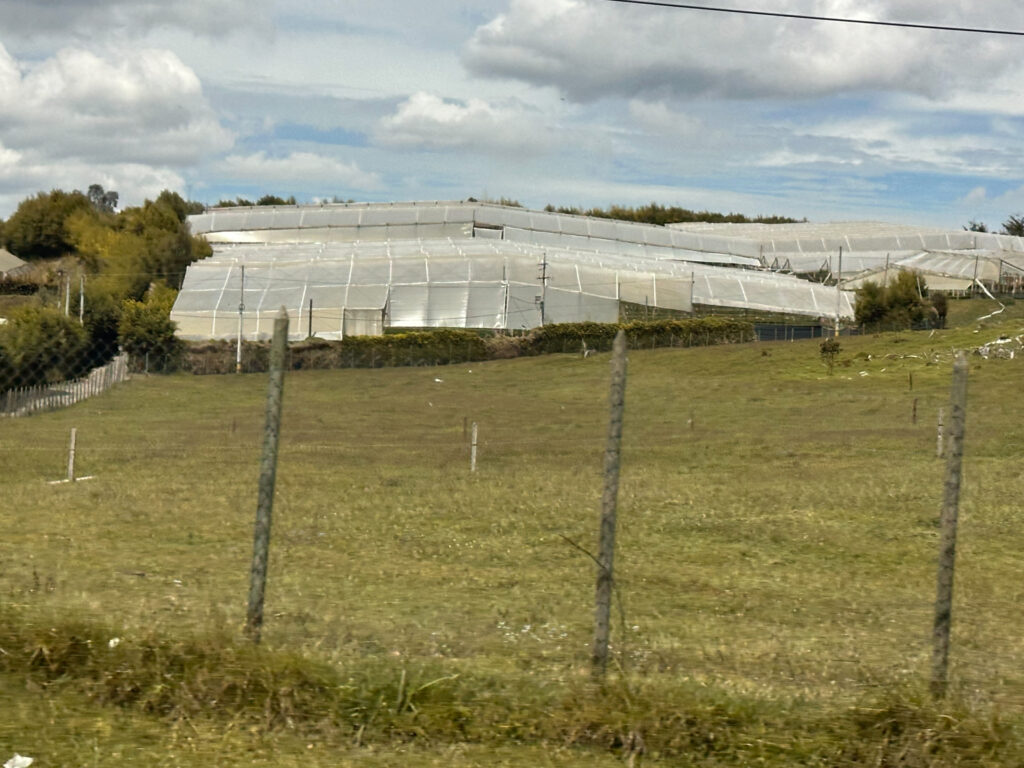

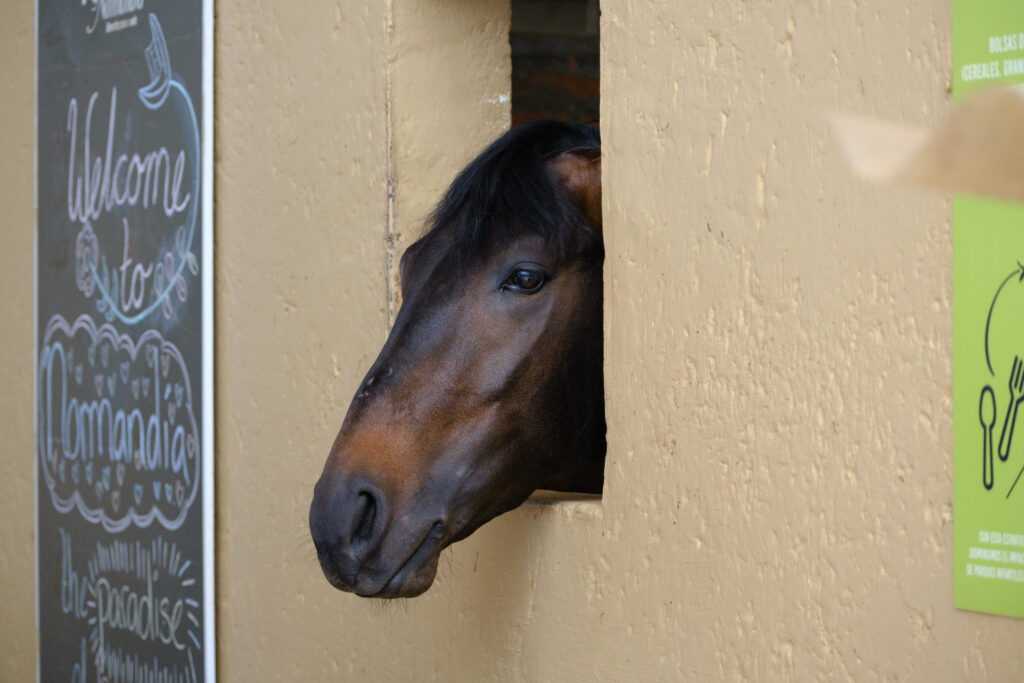
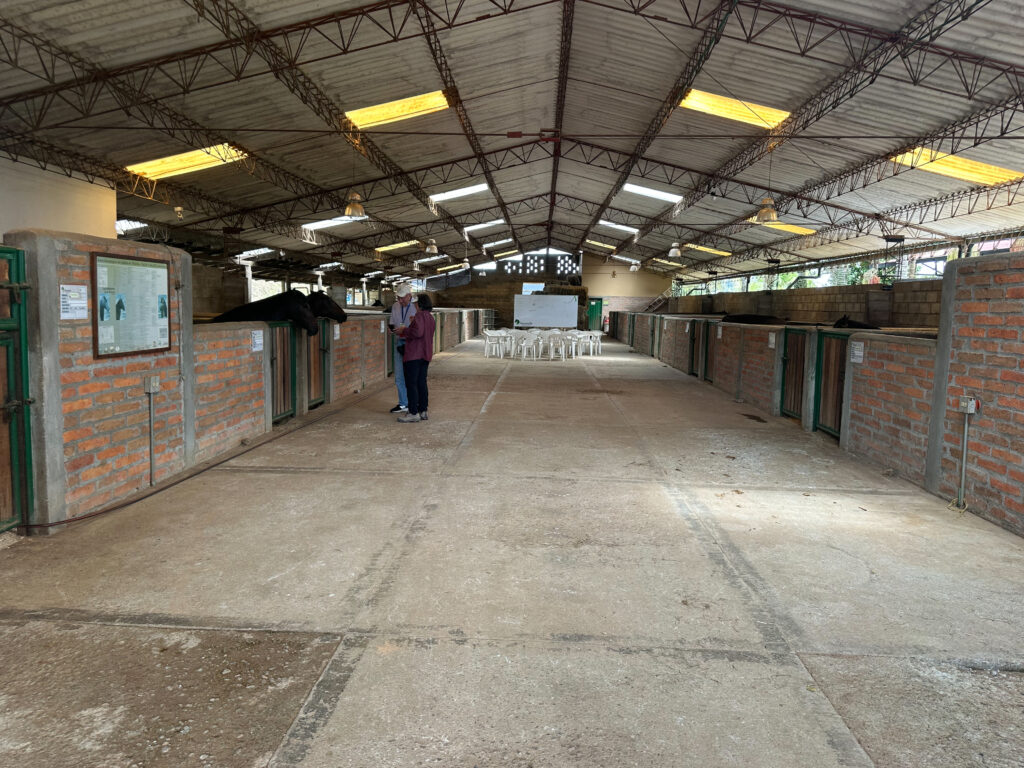
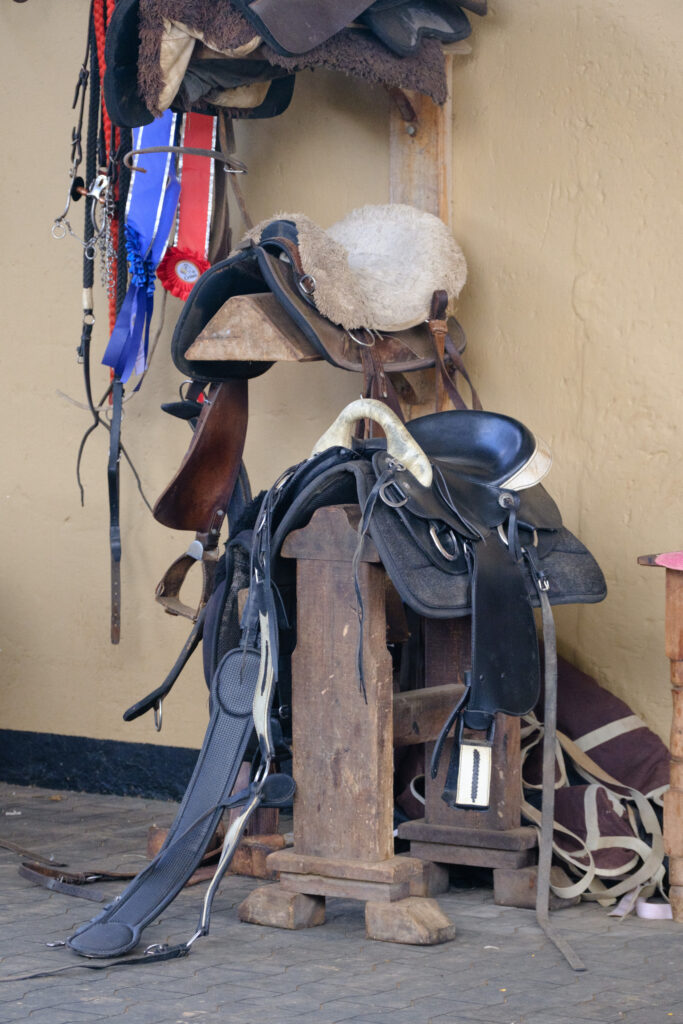
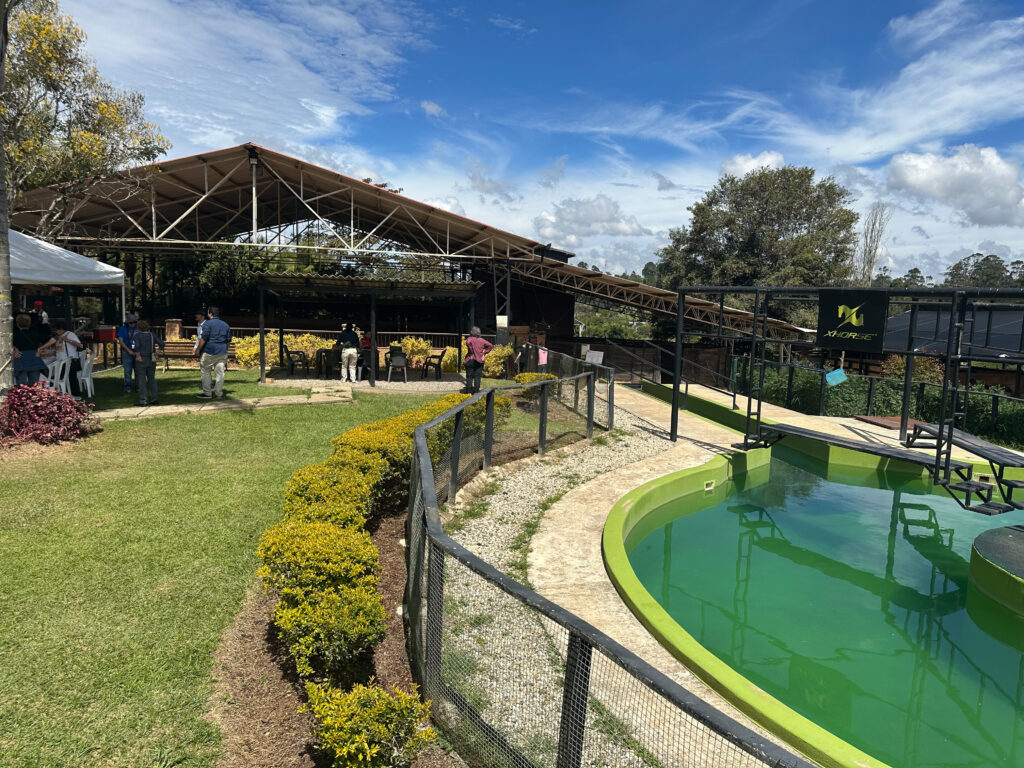
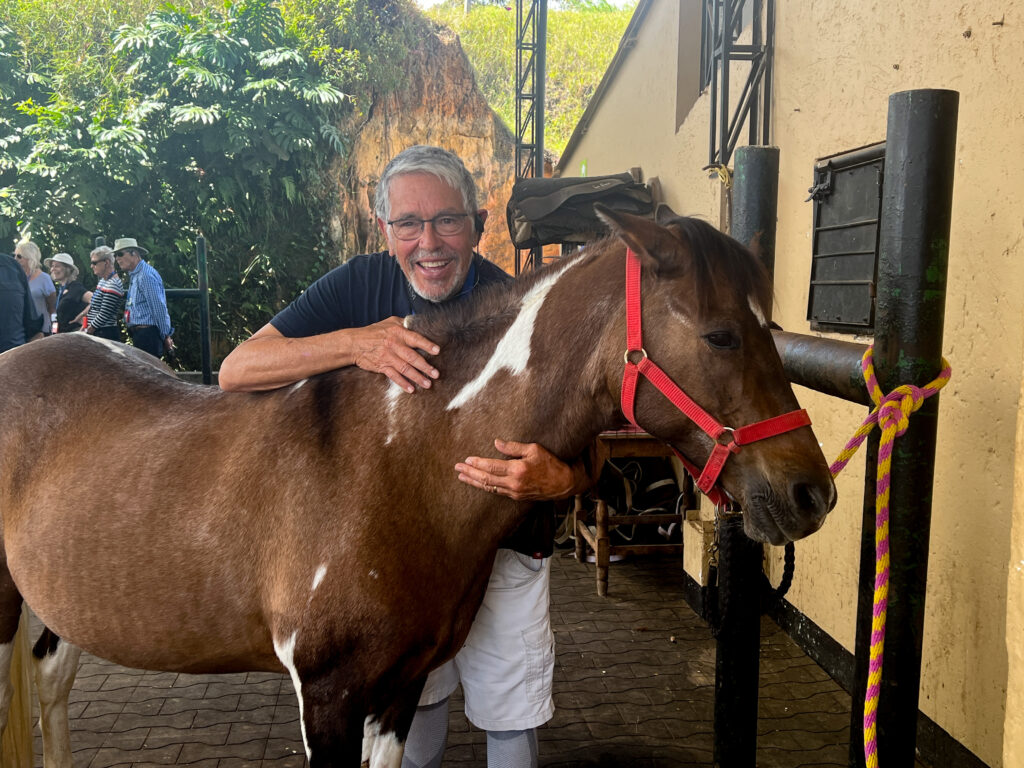
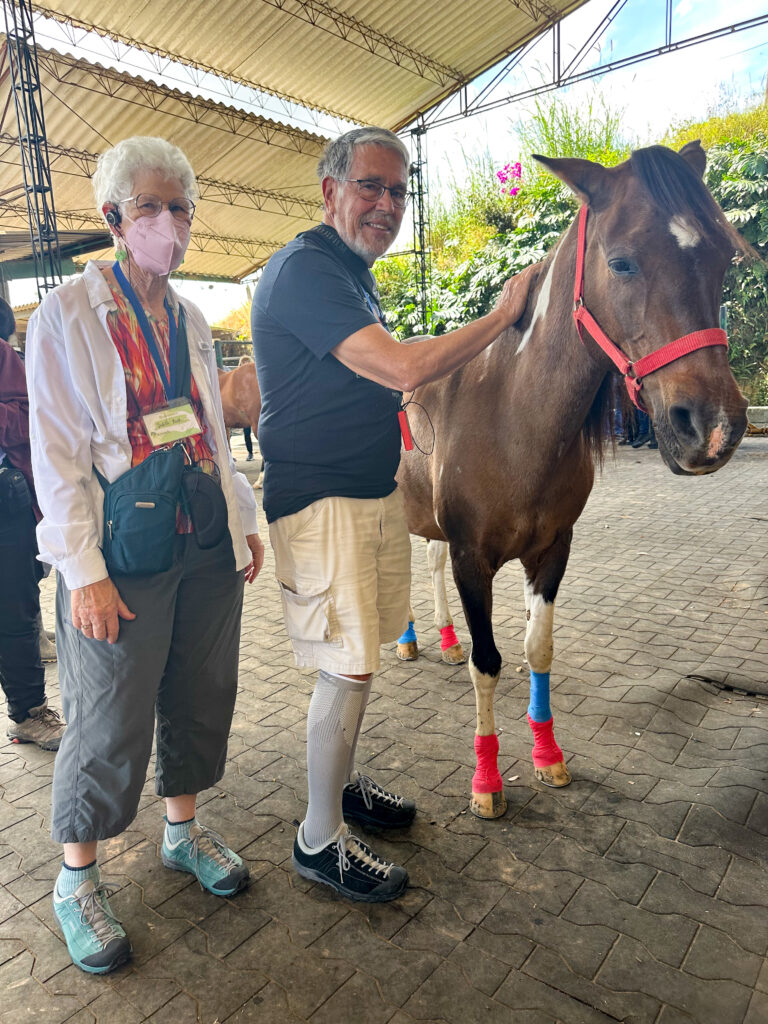
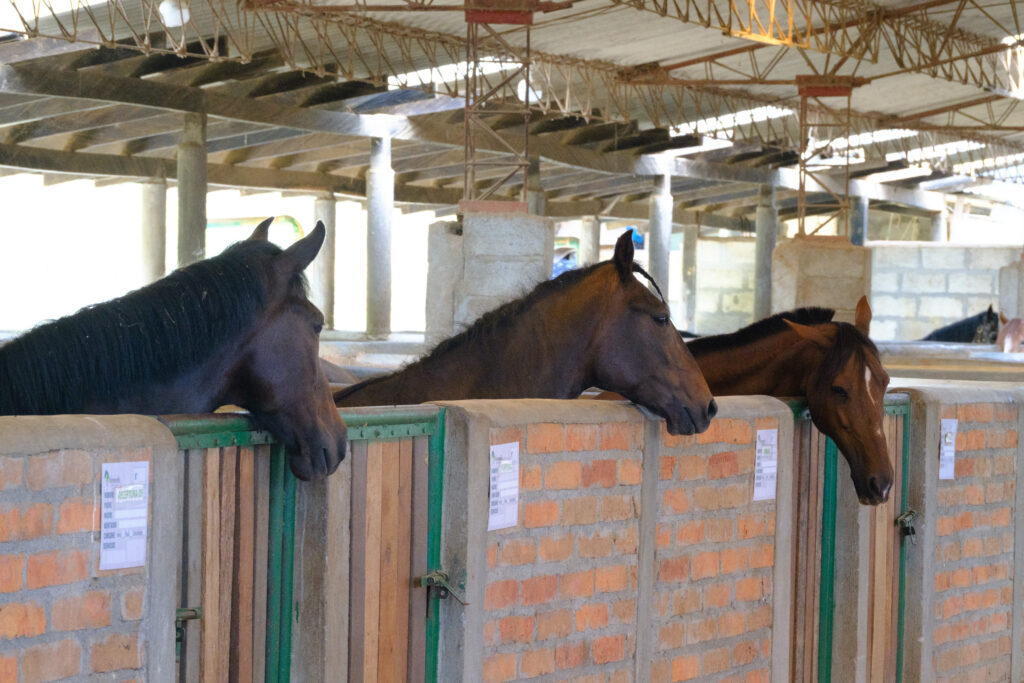
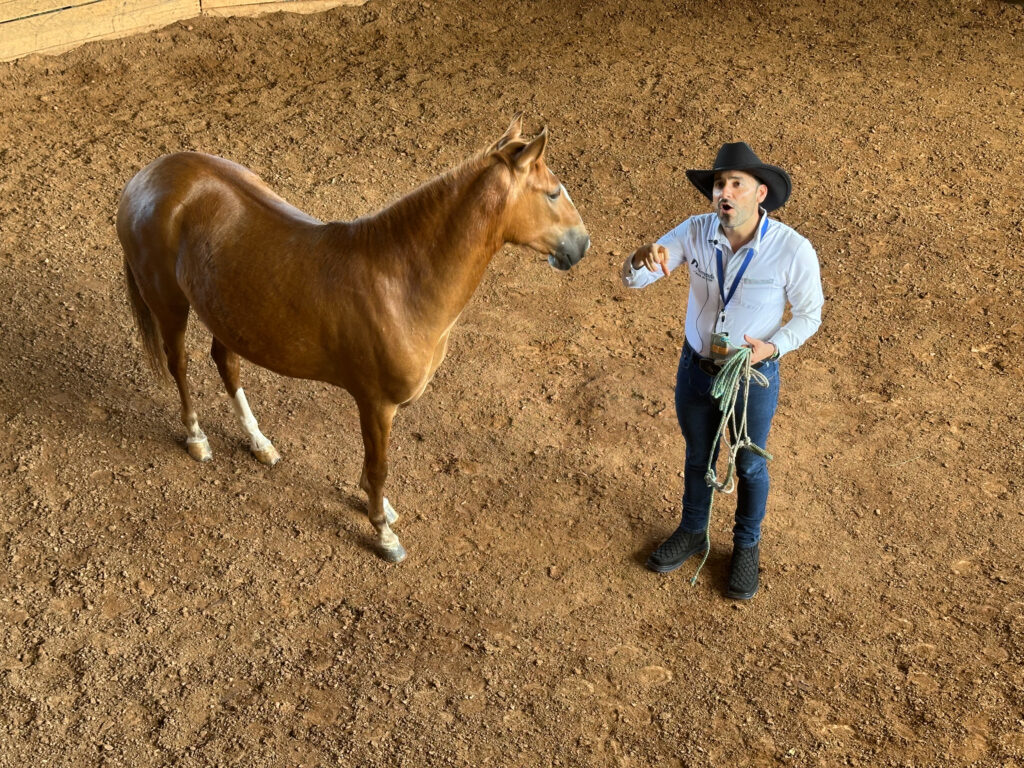
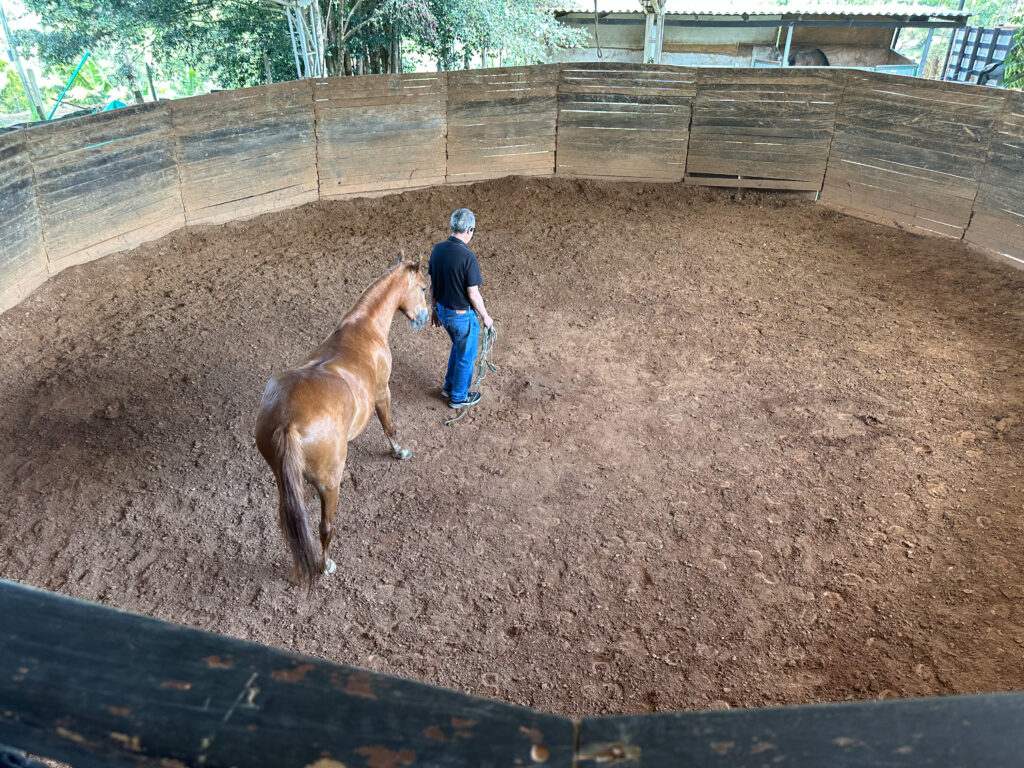
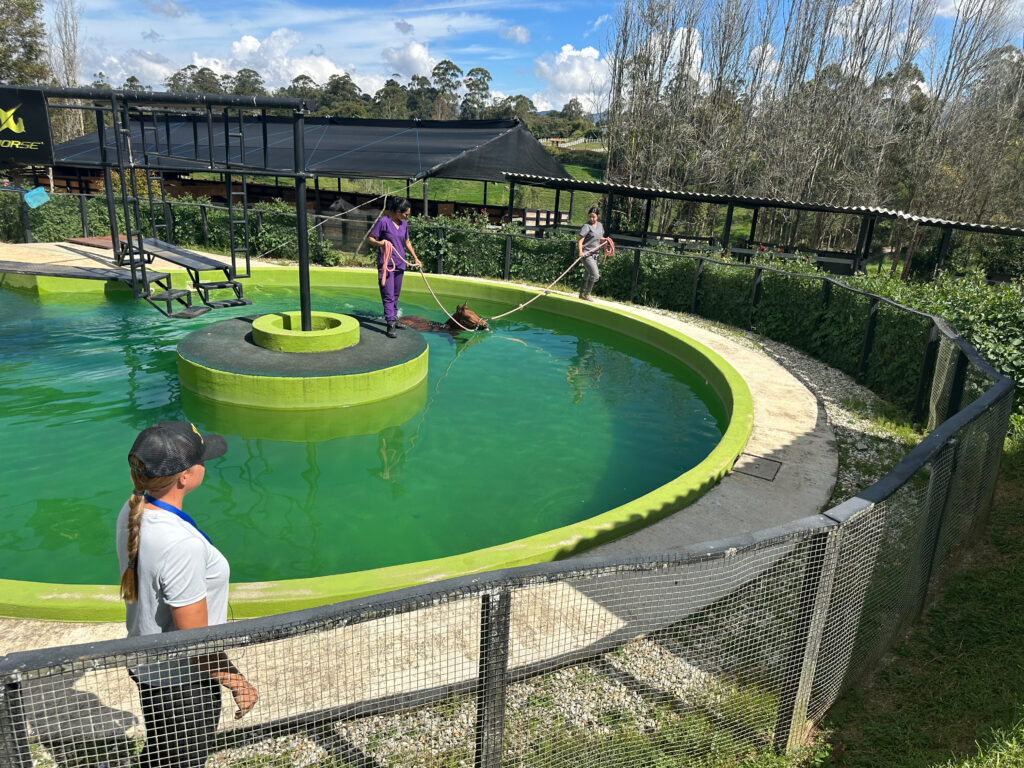
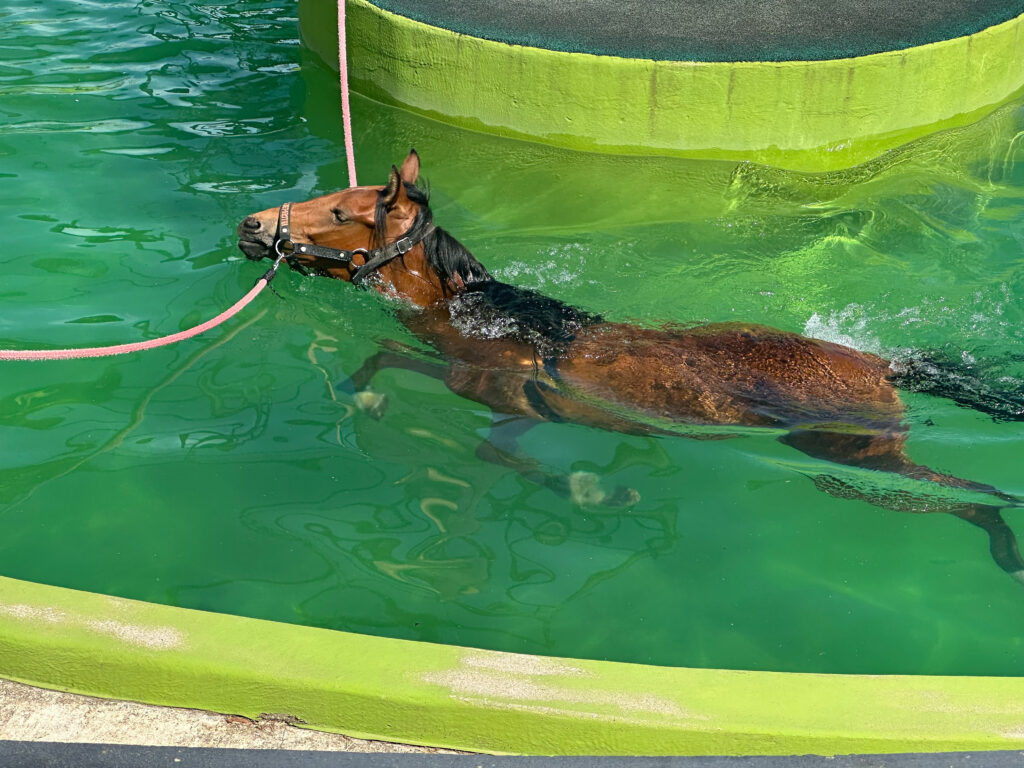
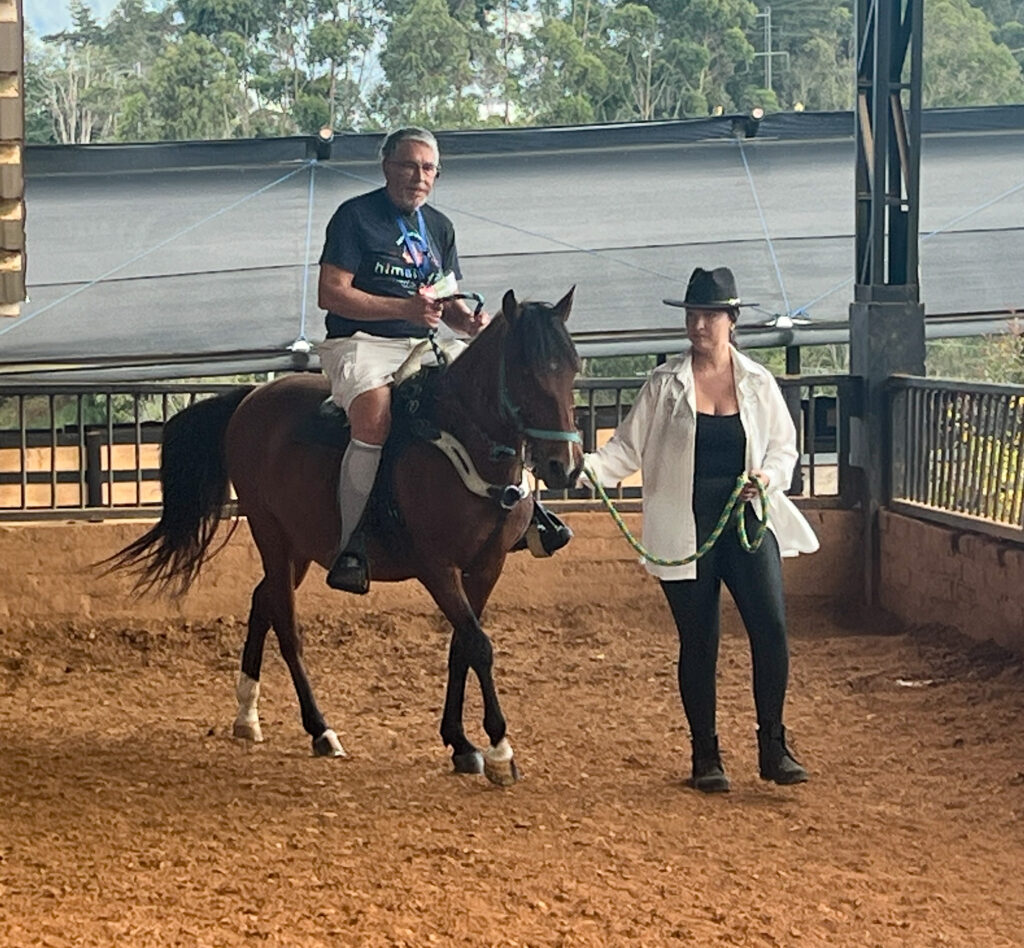
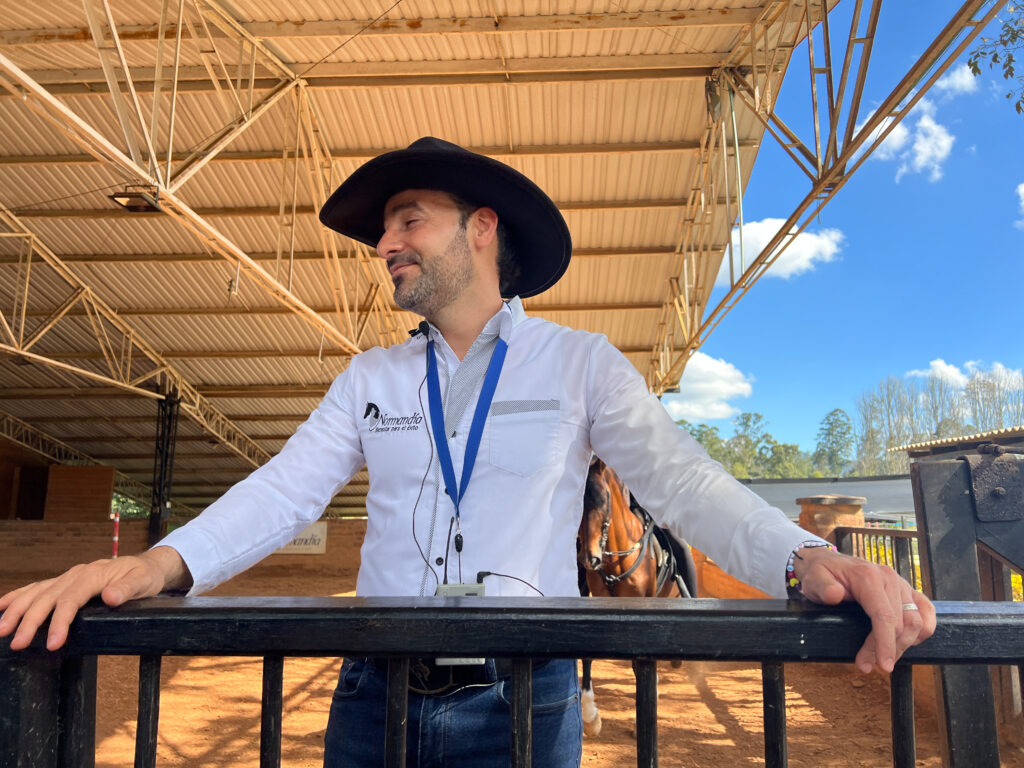
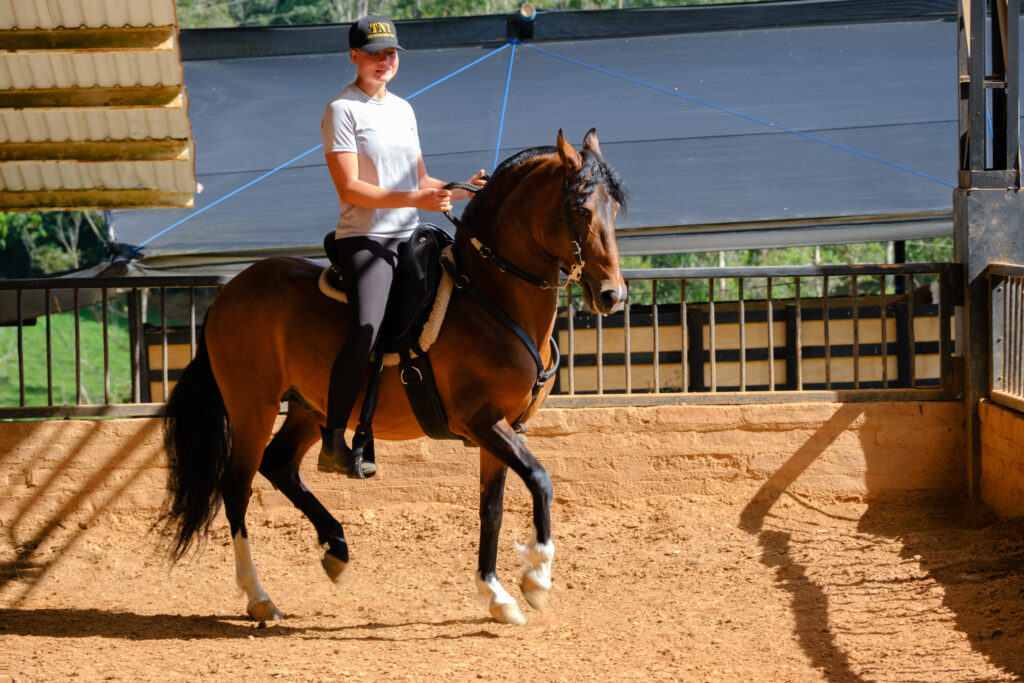
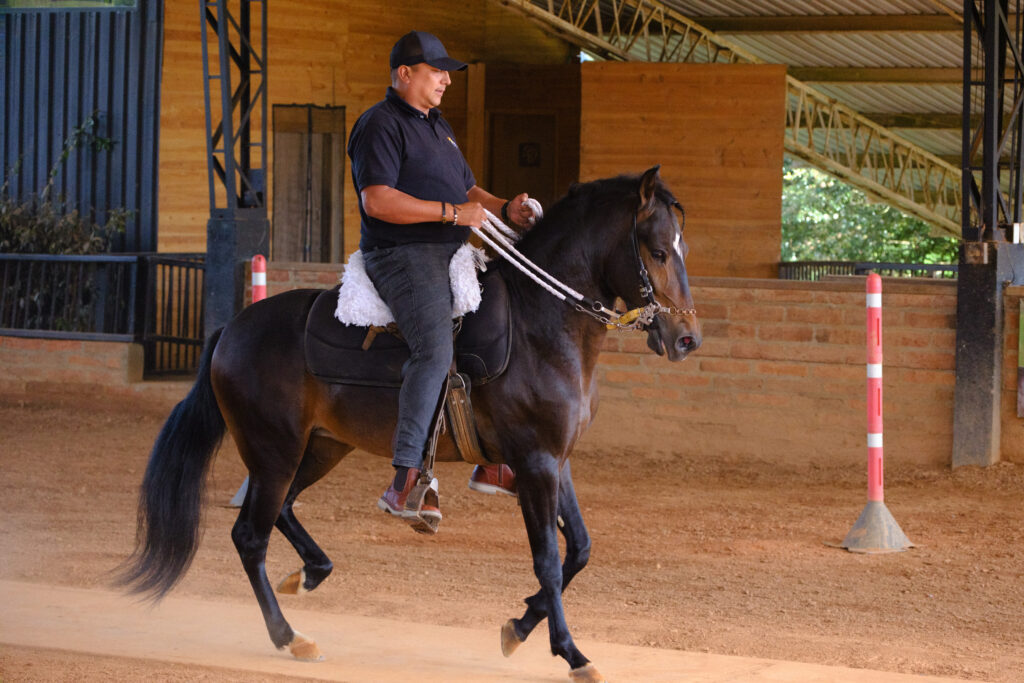
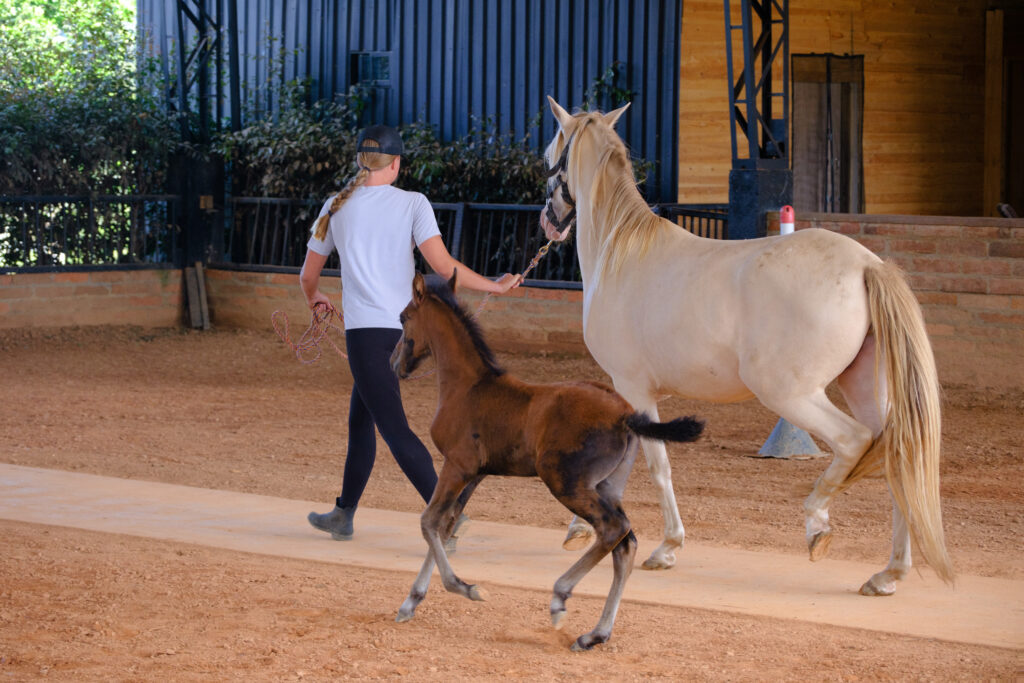
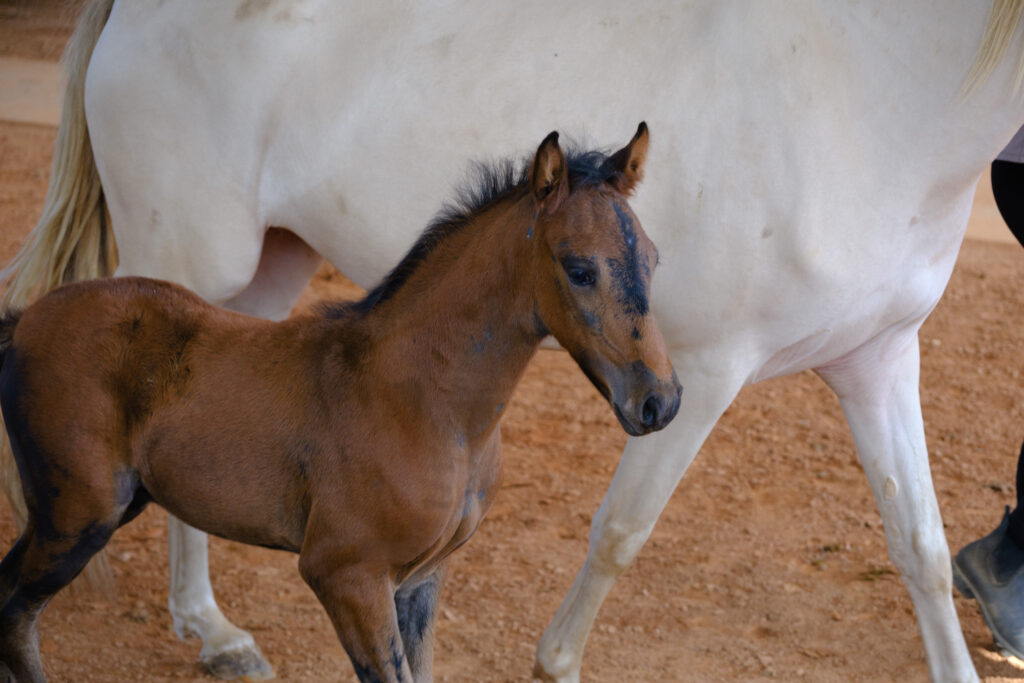

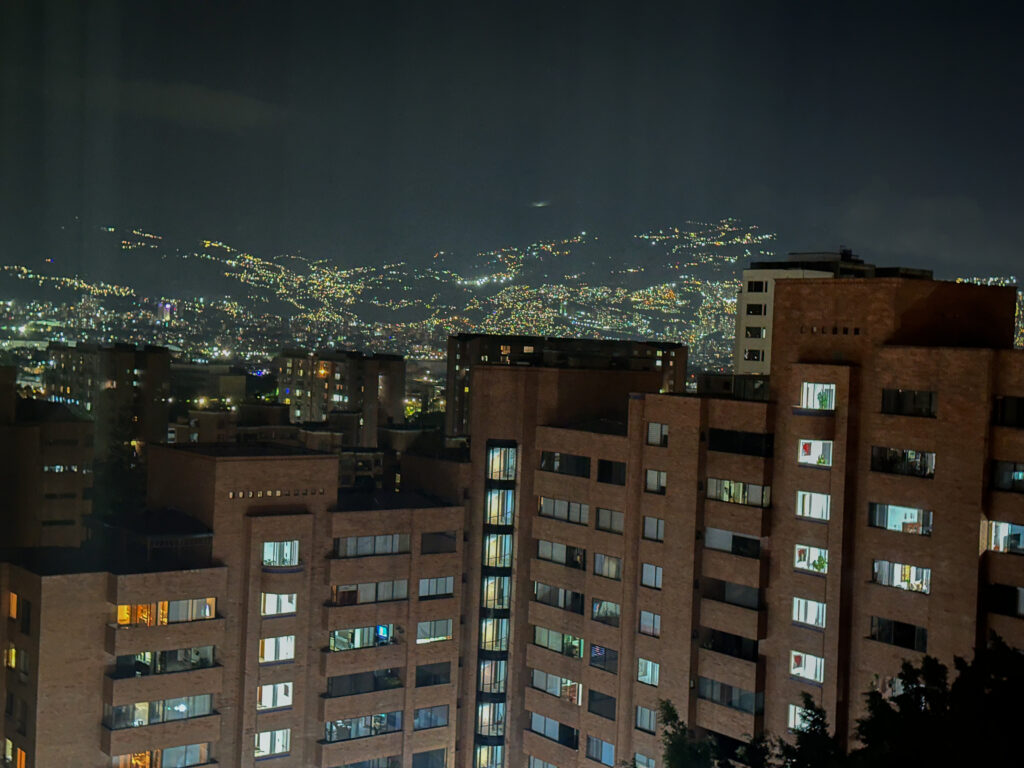
Very interesting Jon. Thank you! I had the same problem getting on a horse when I was with my granddaughter in Missouri